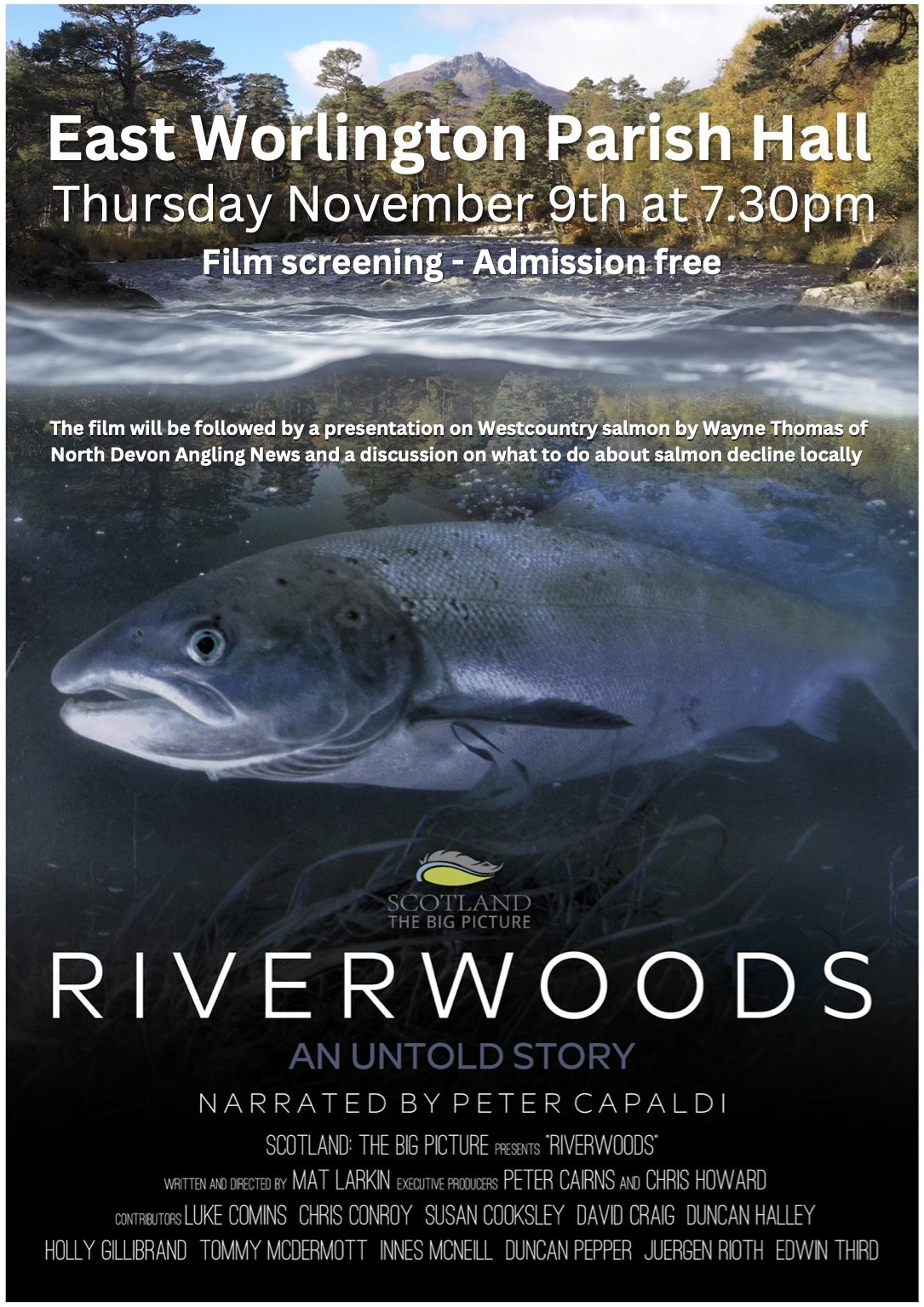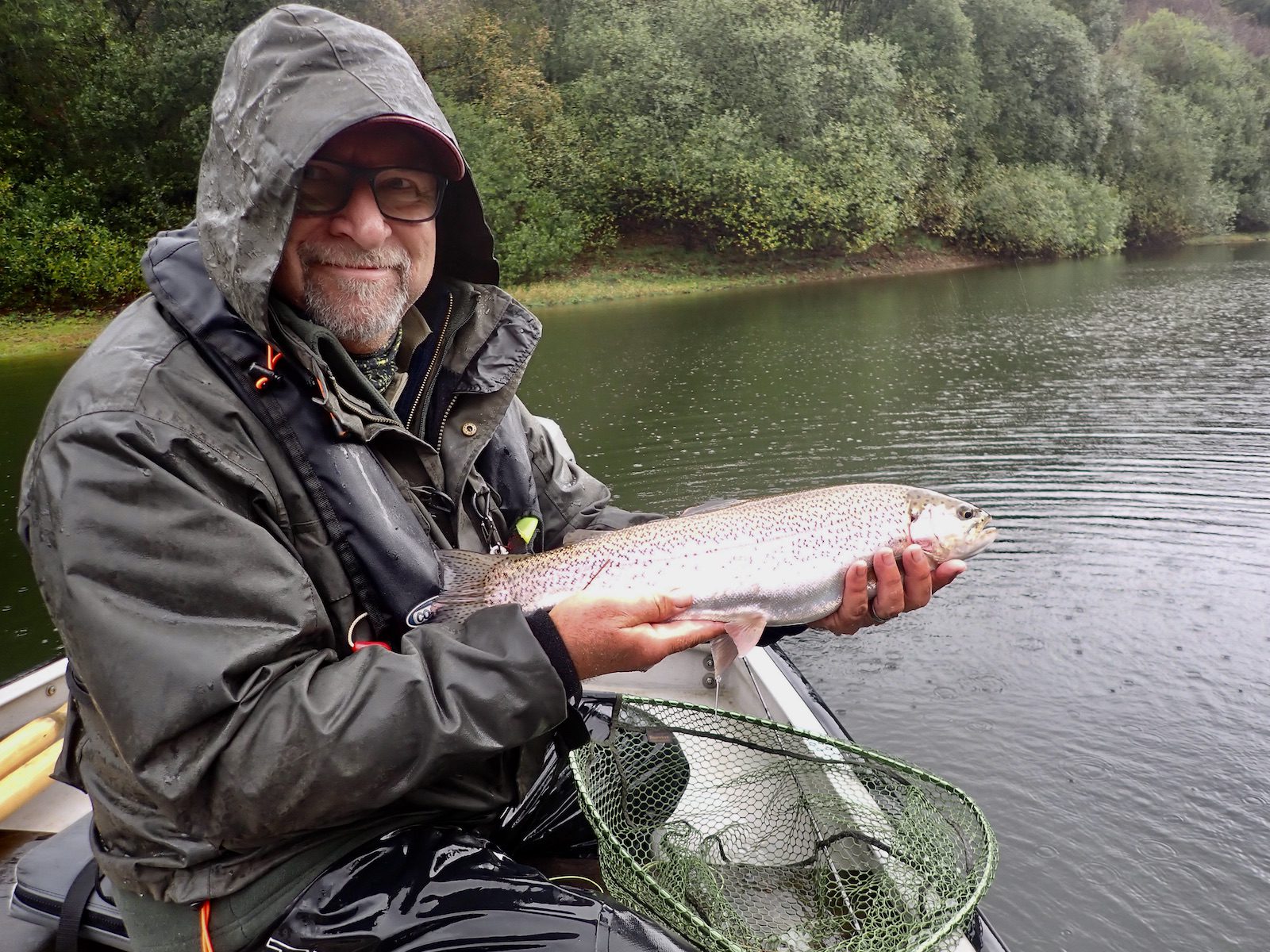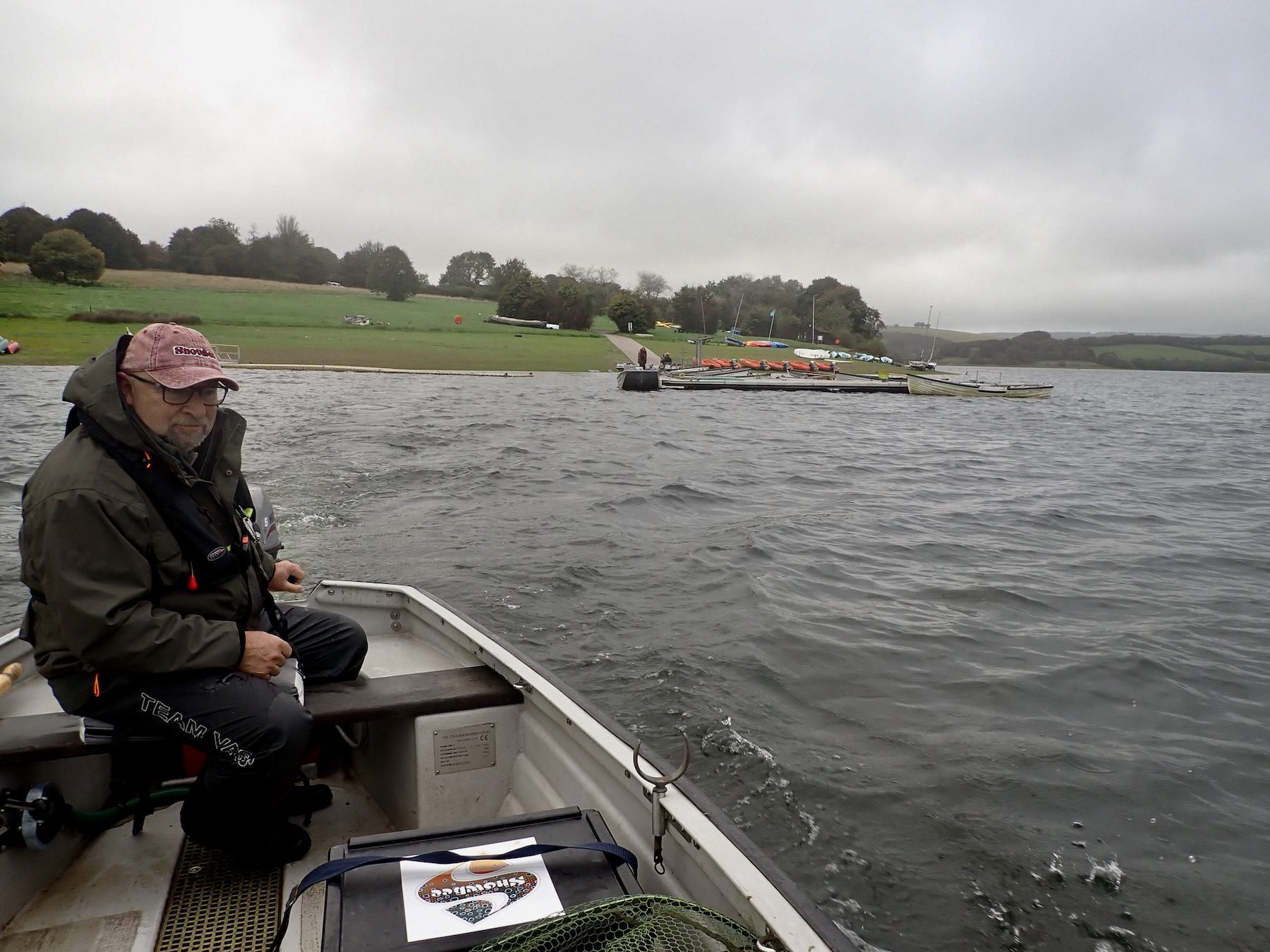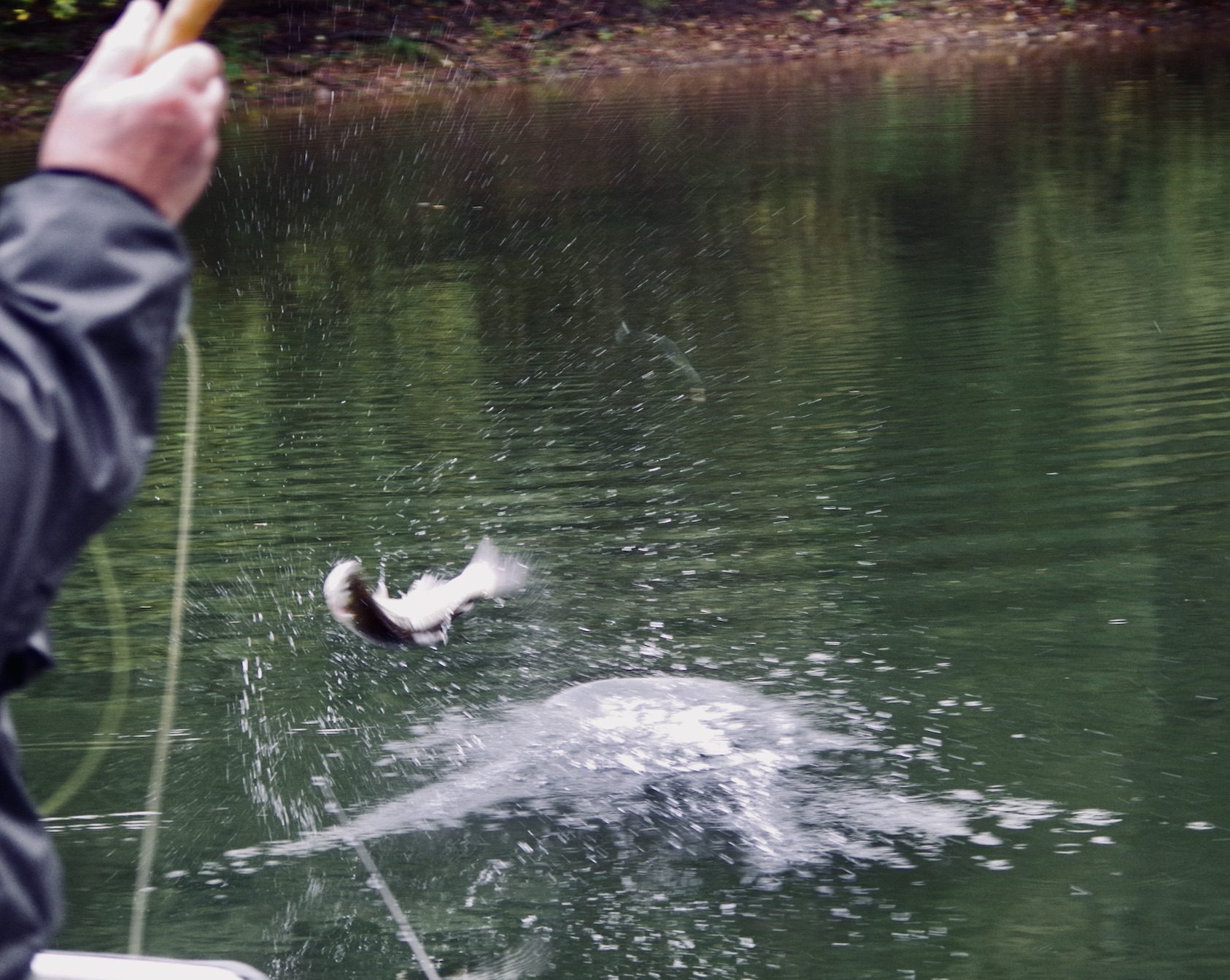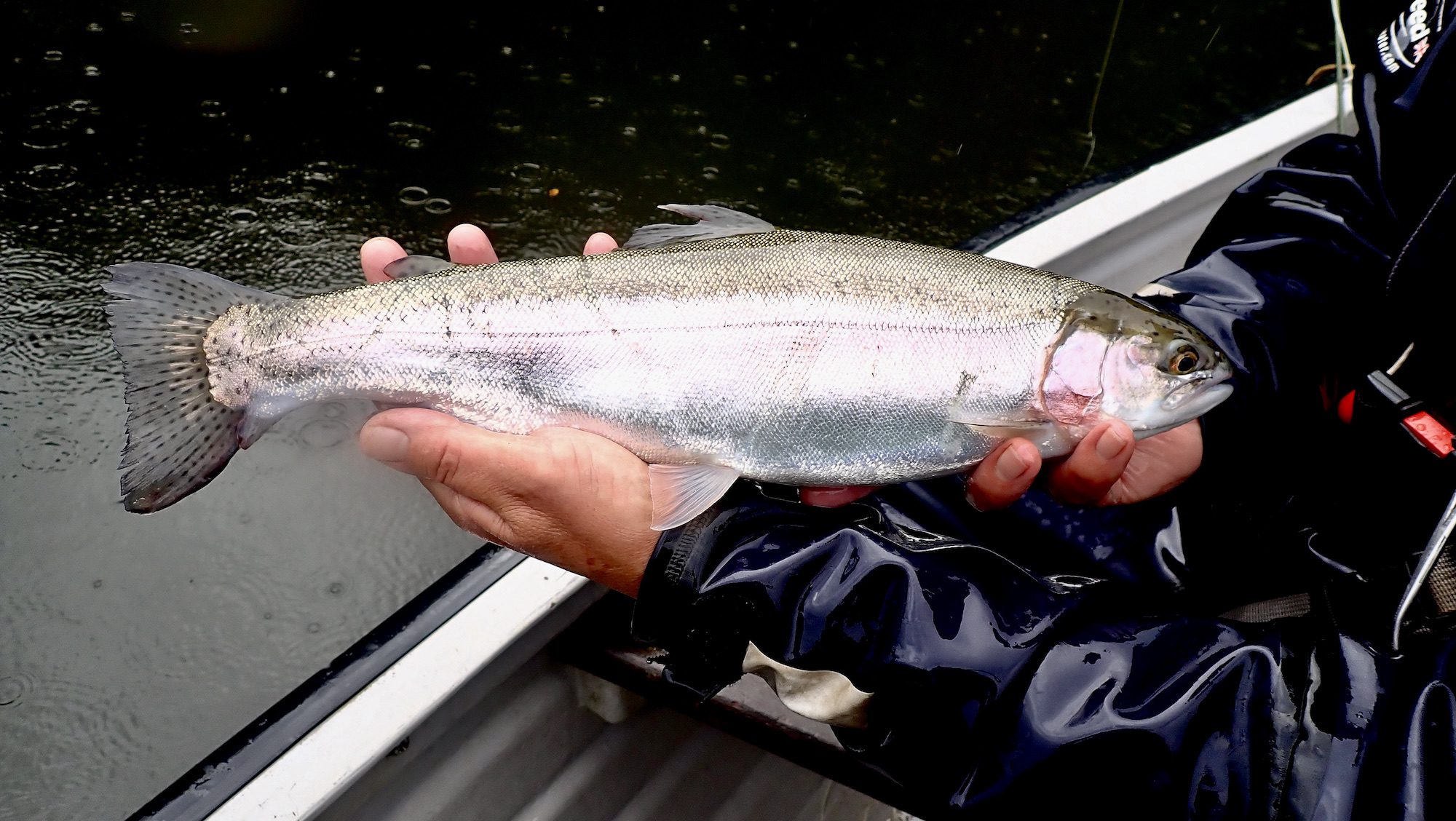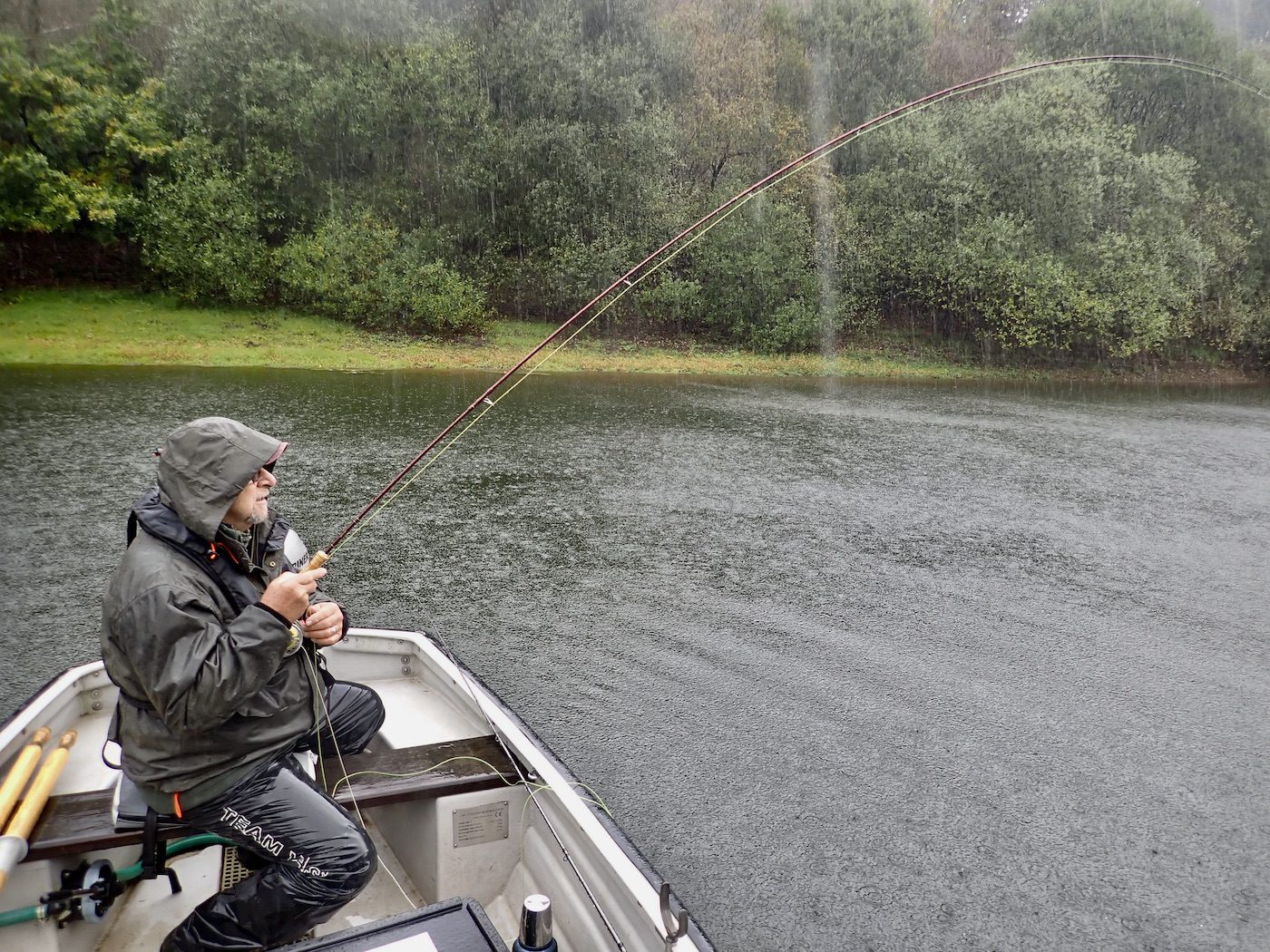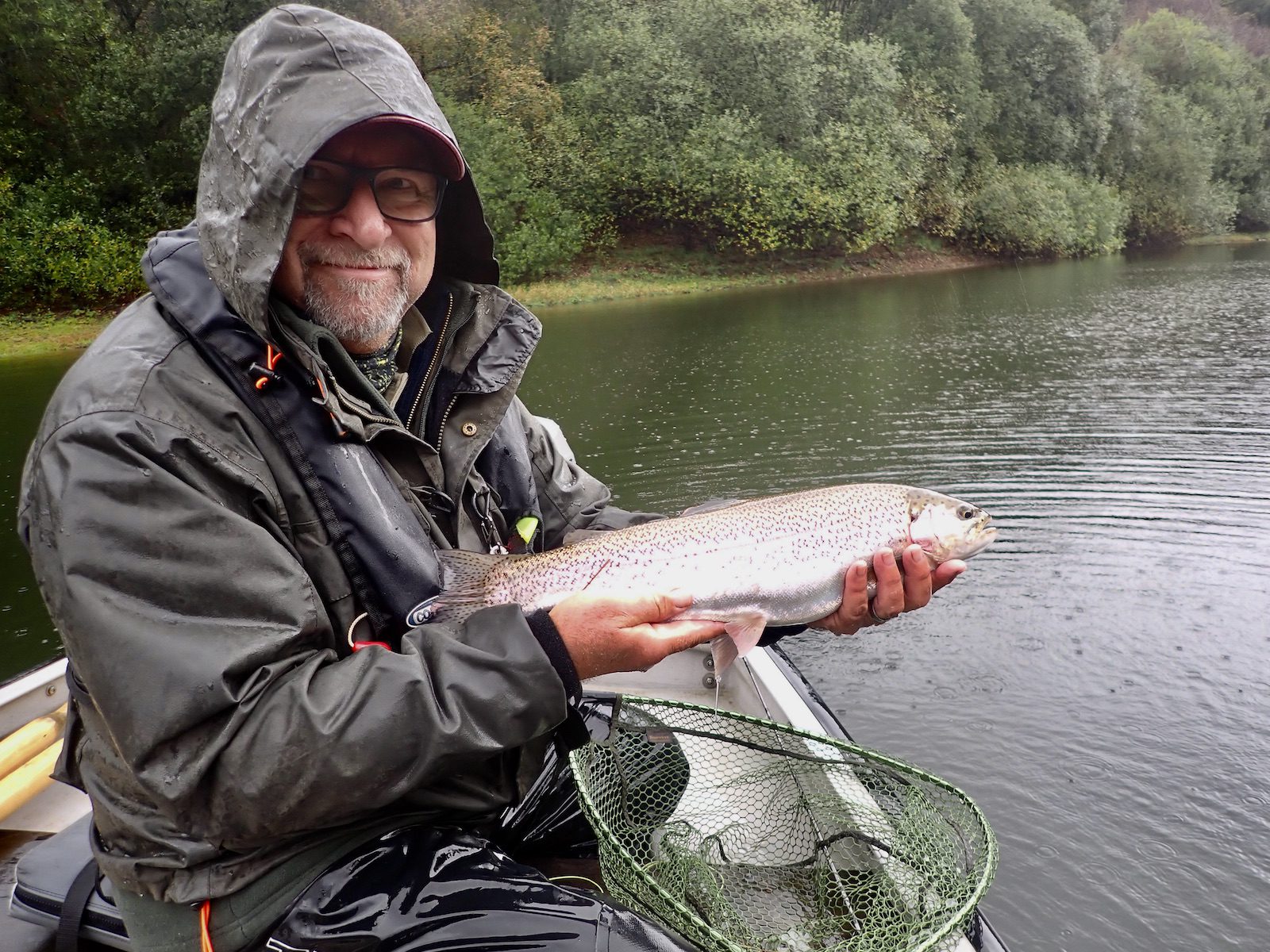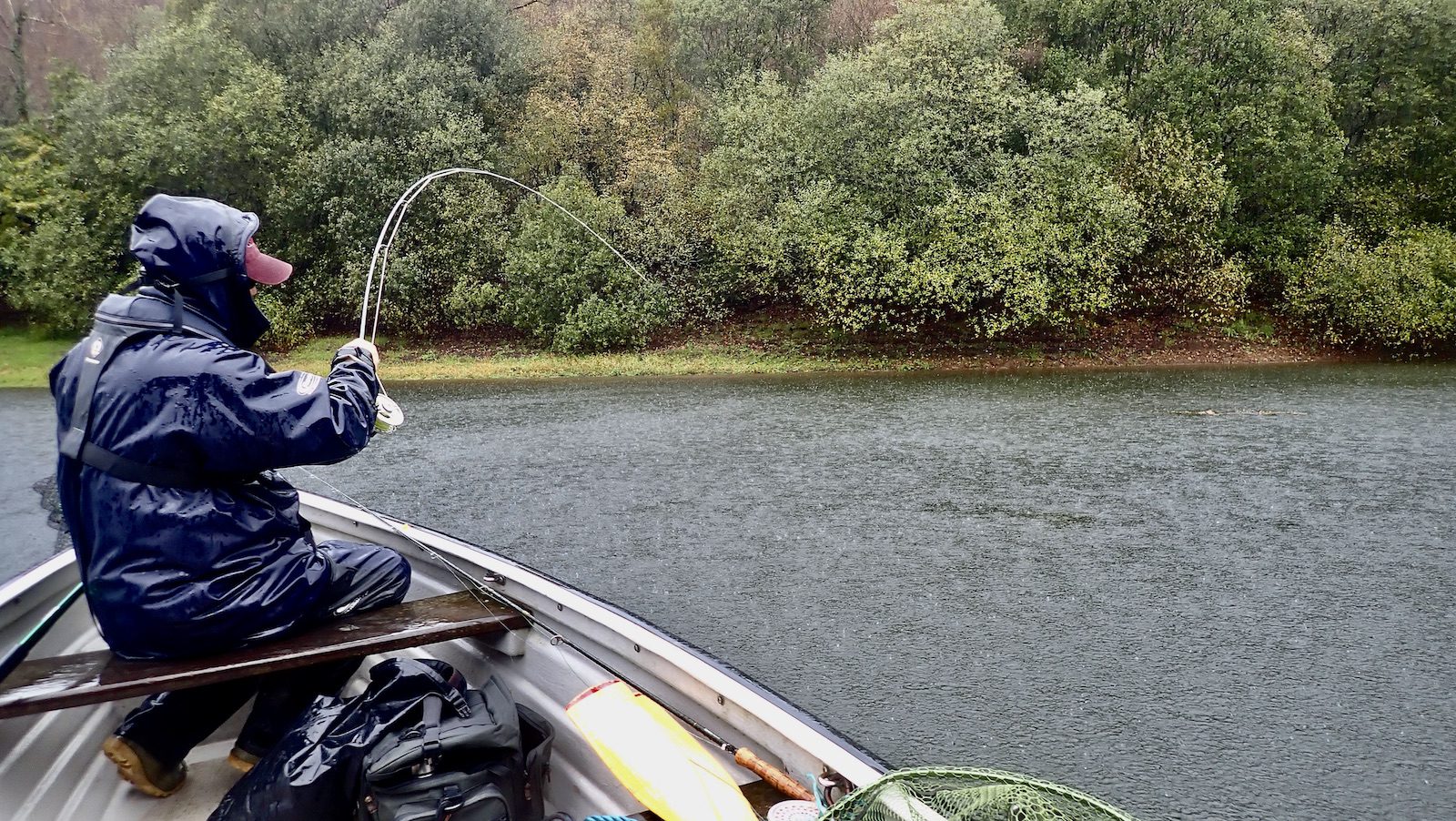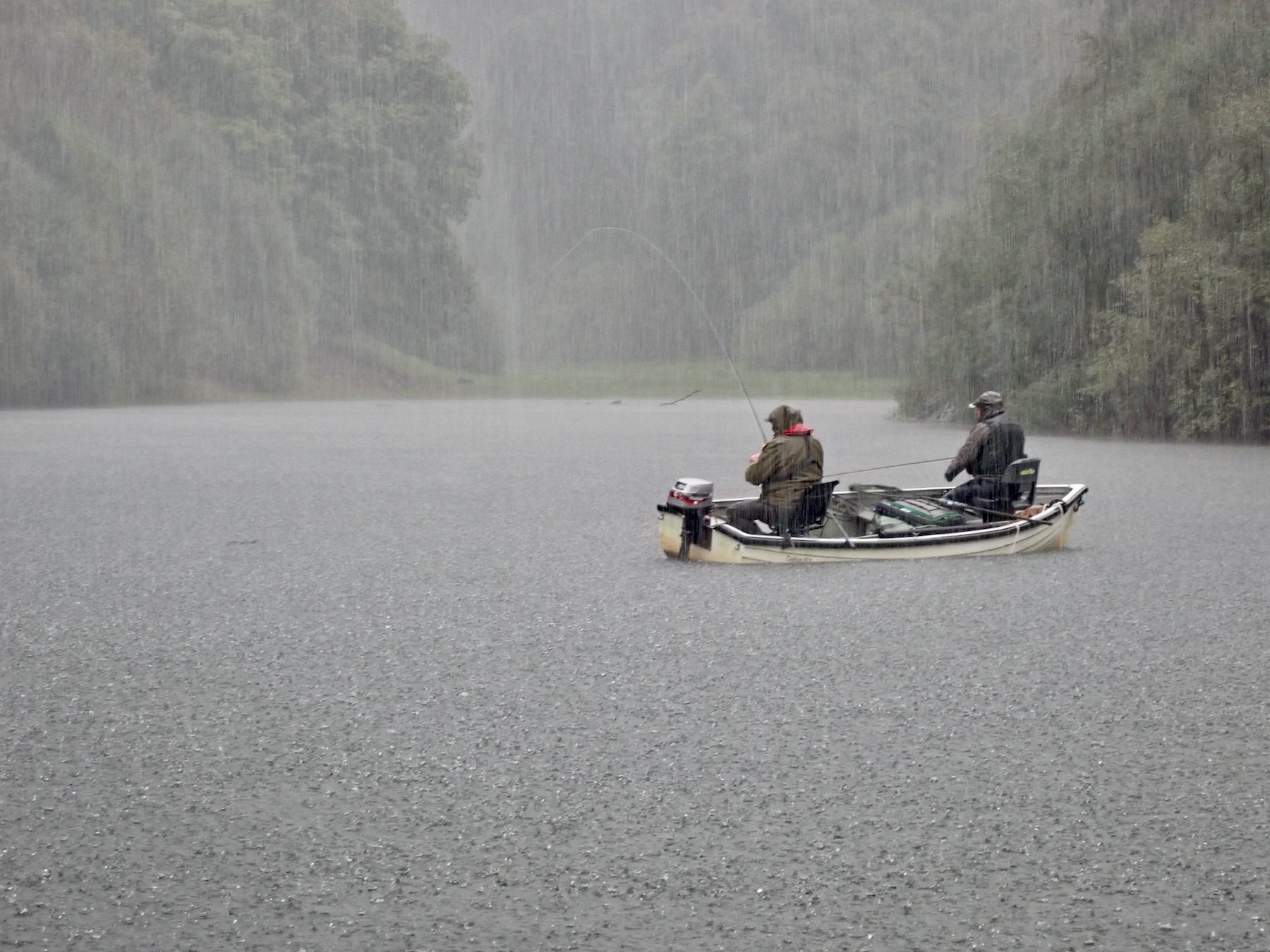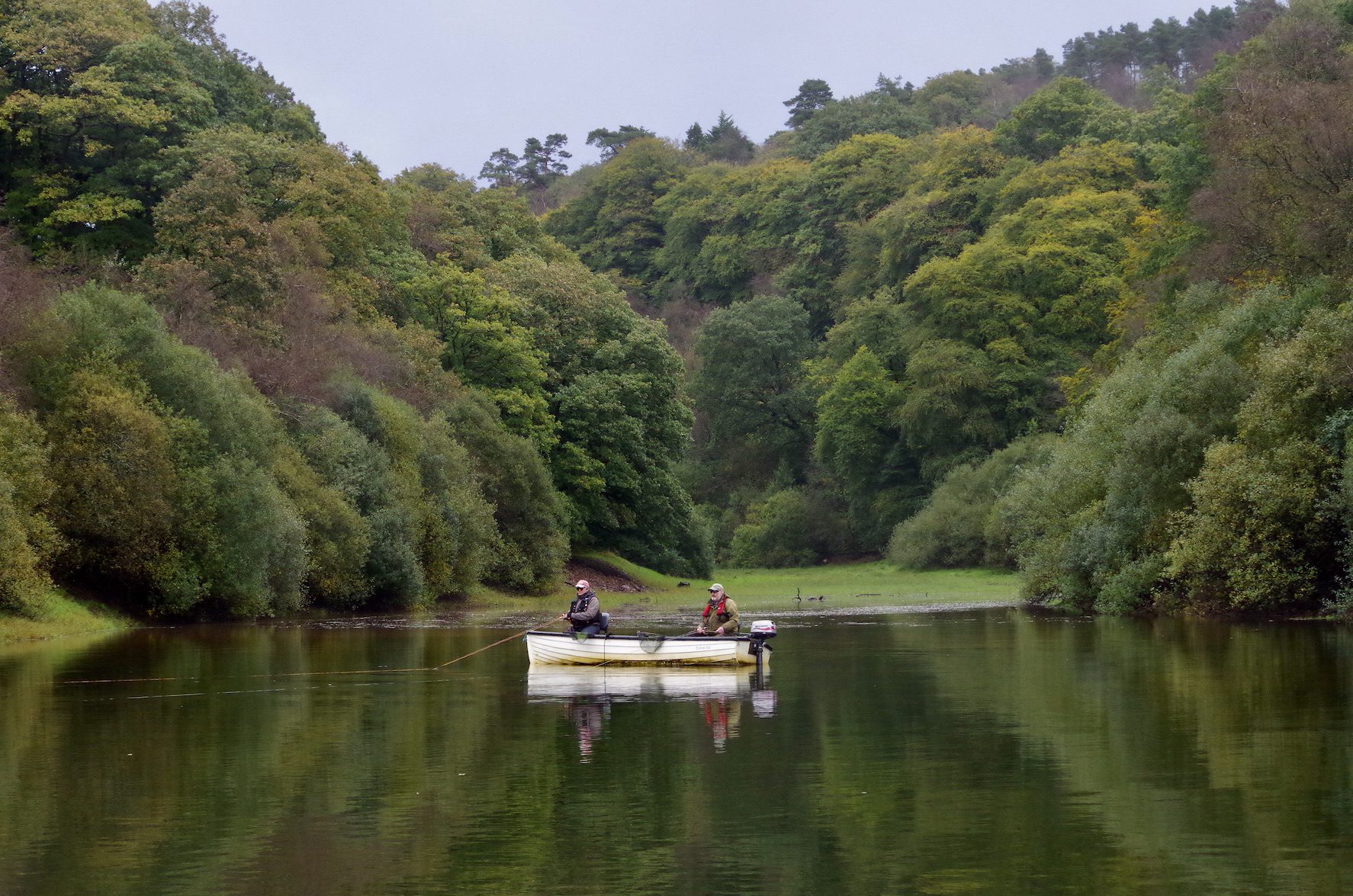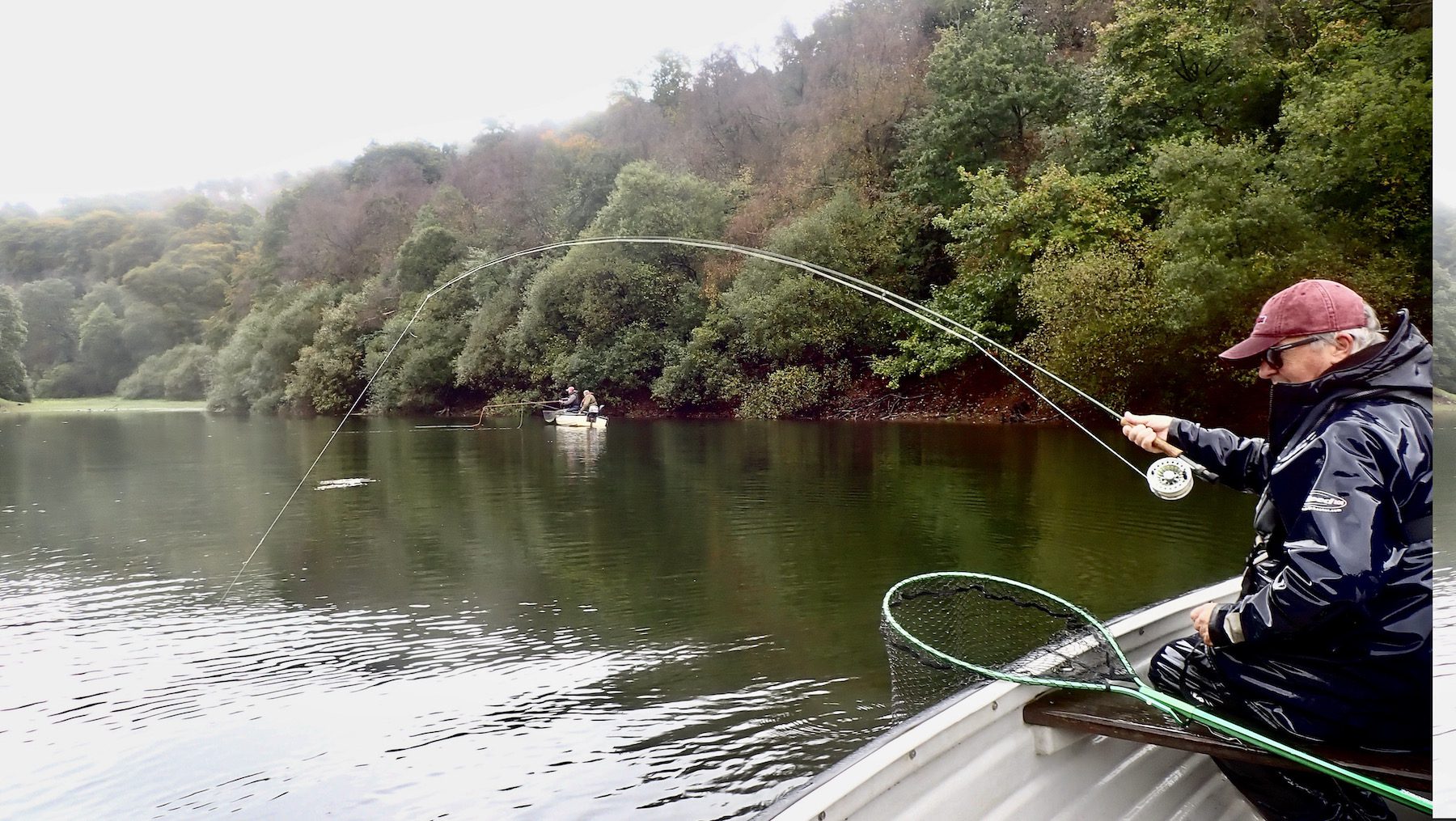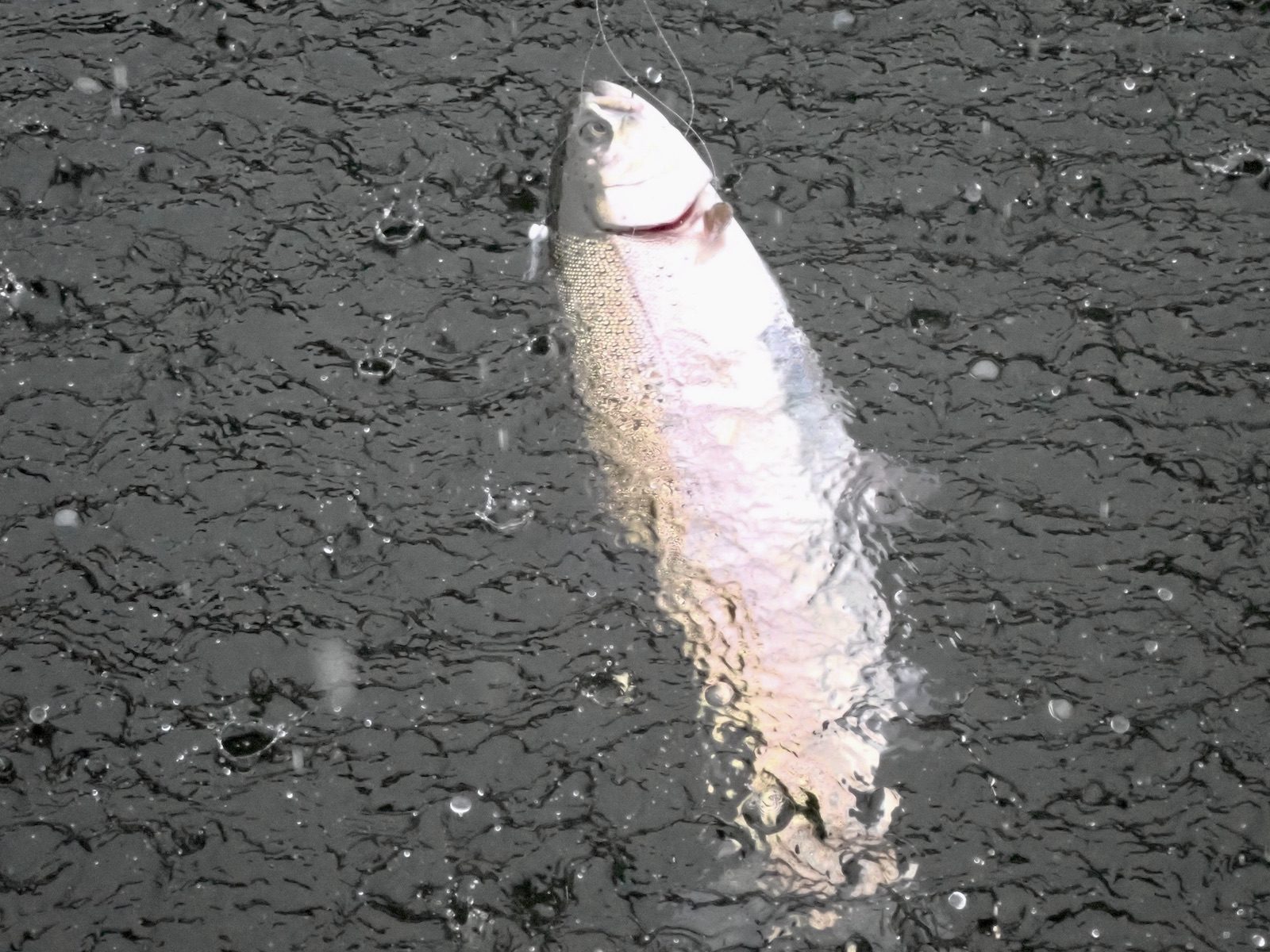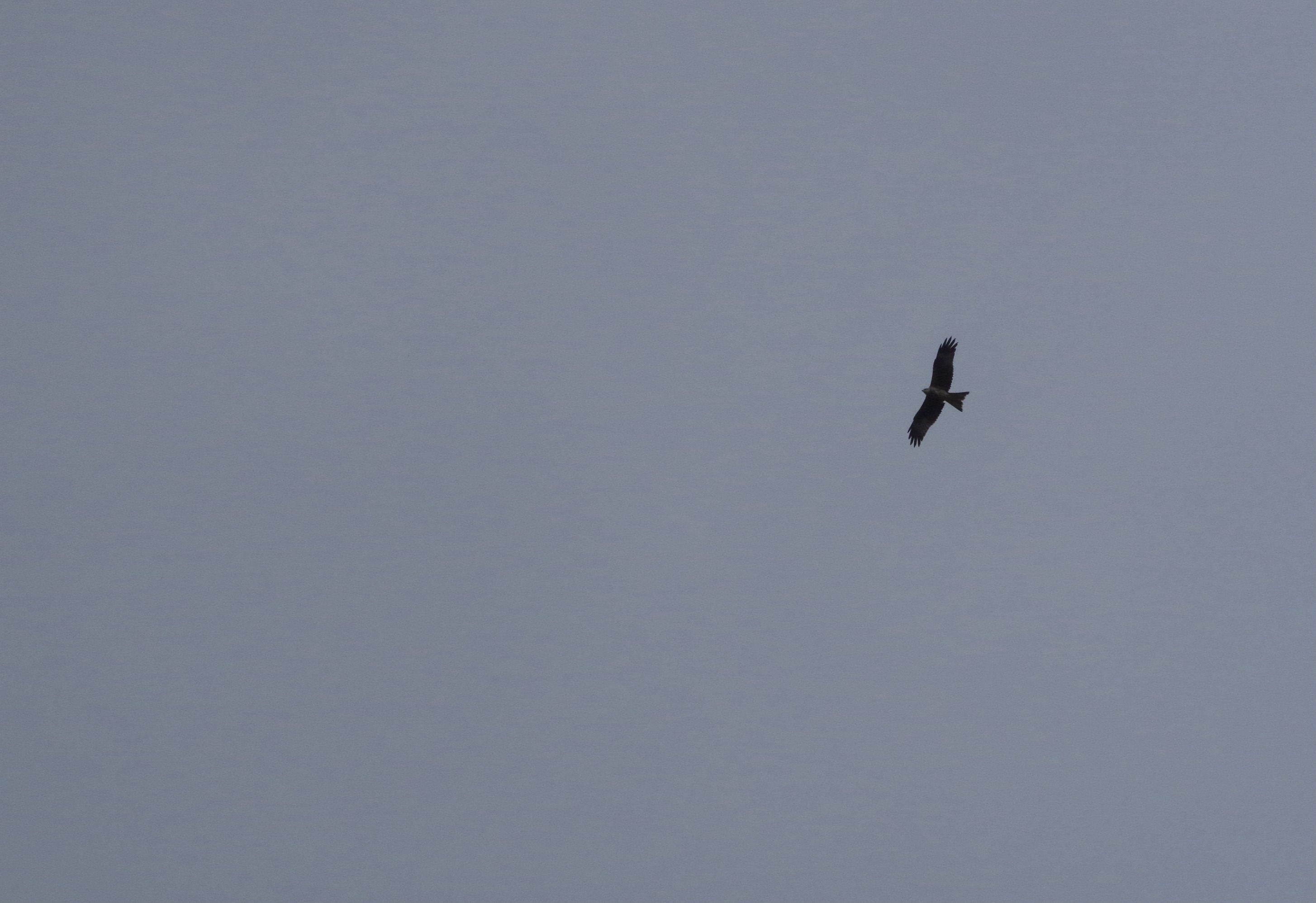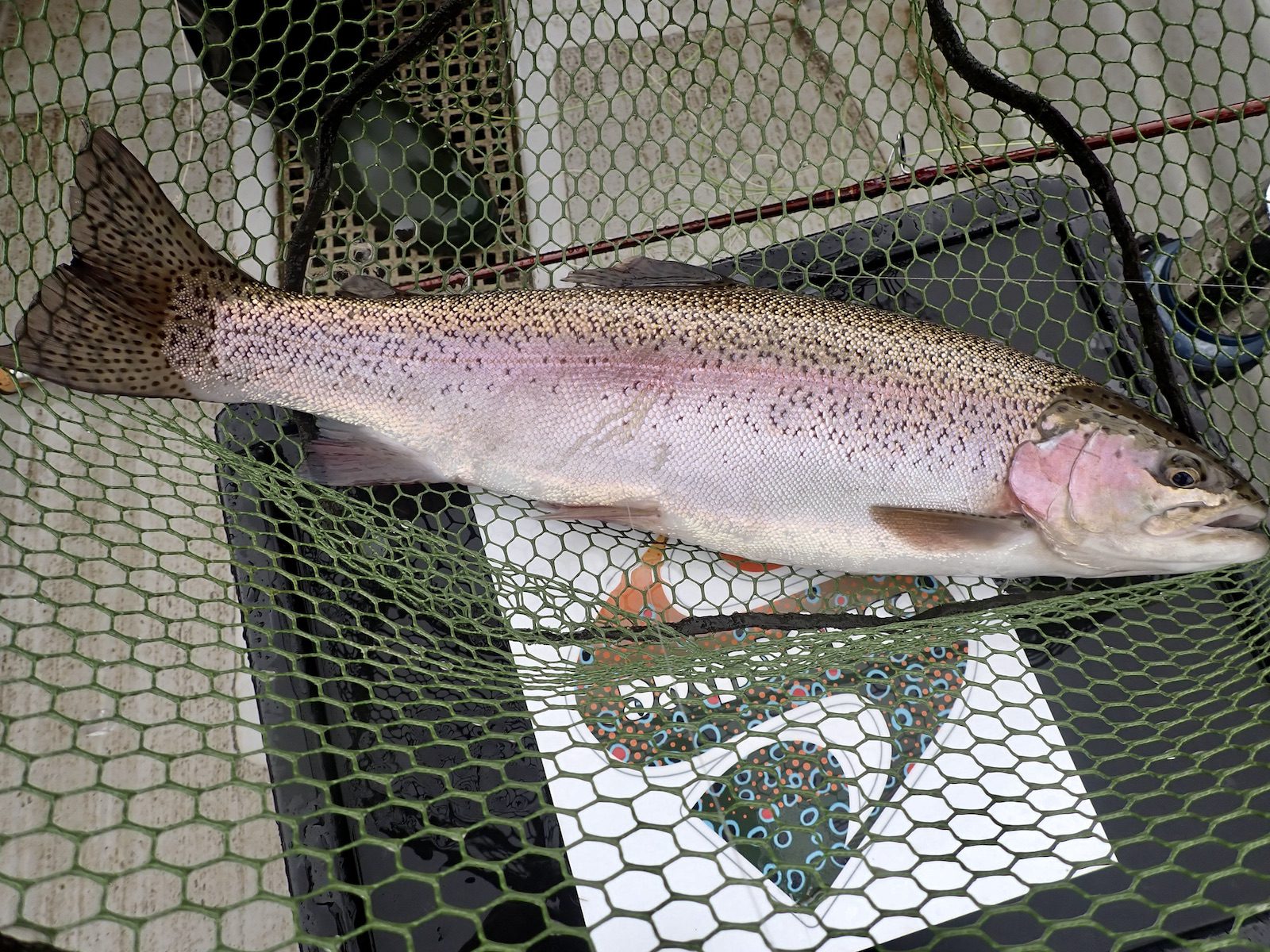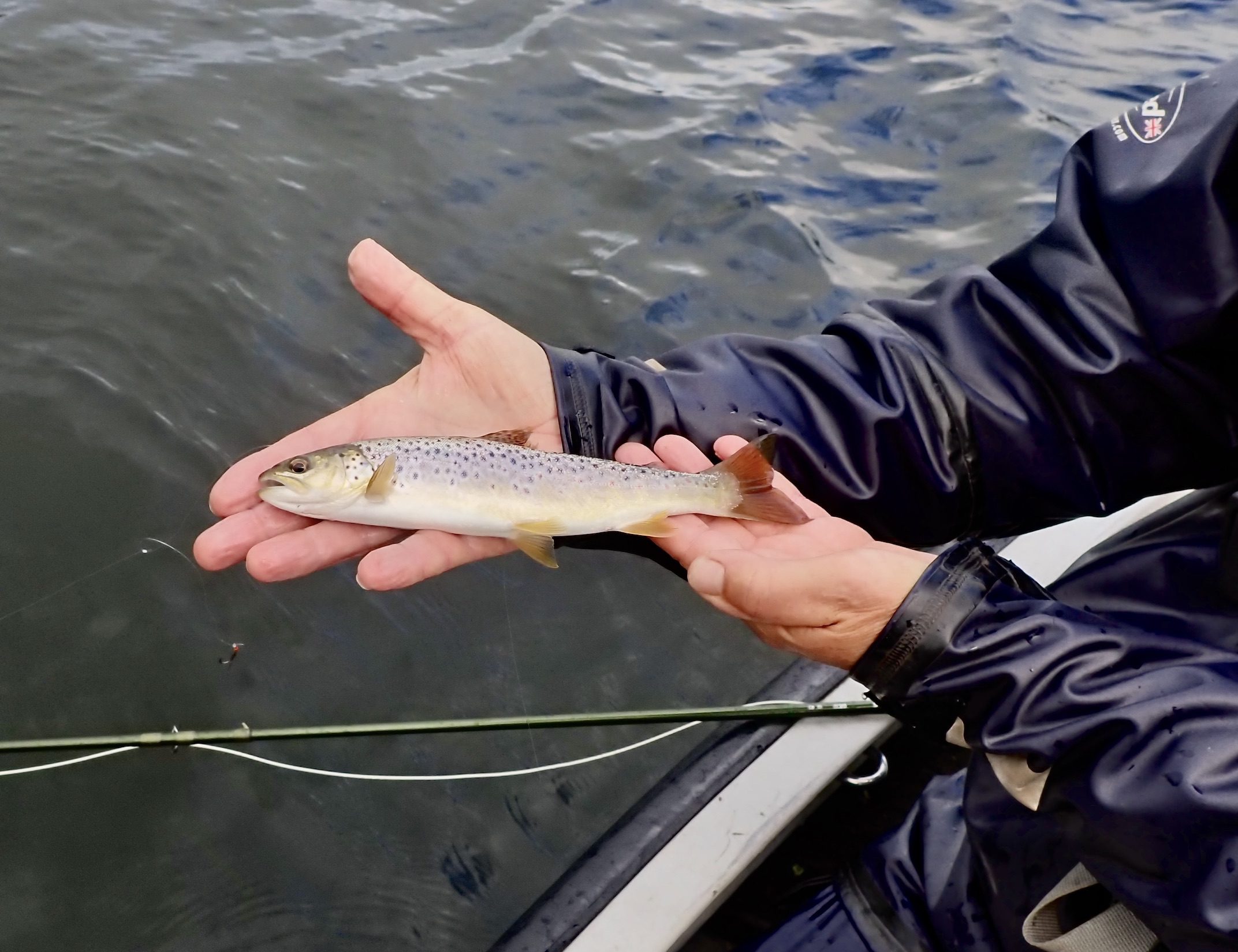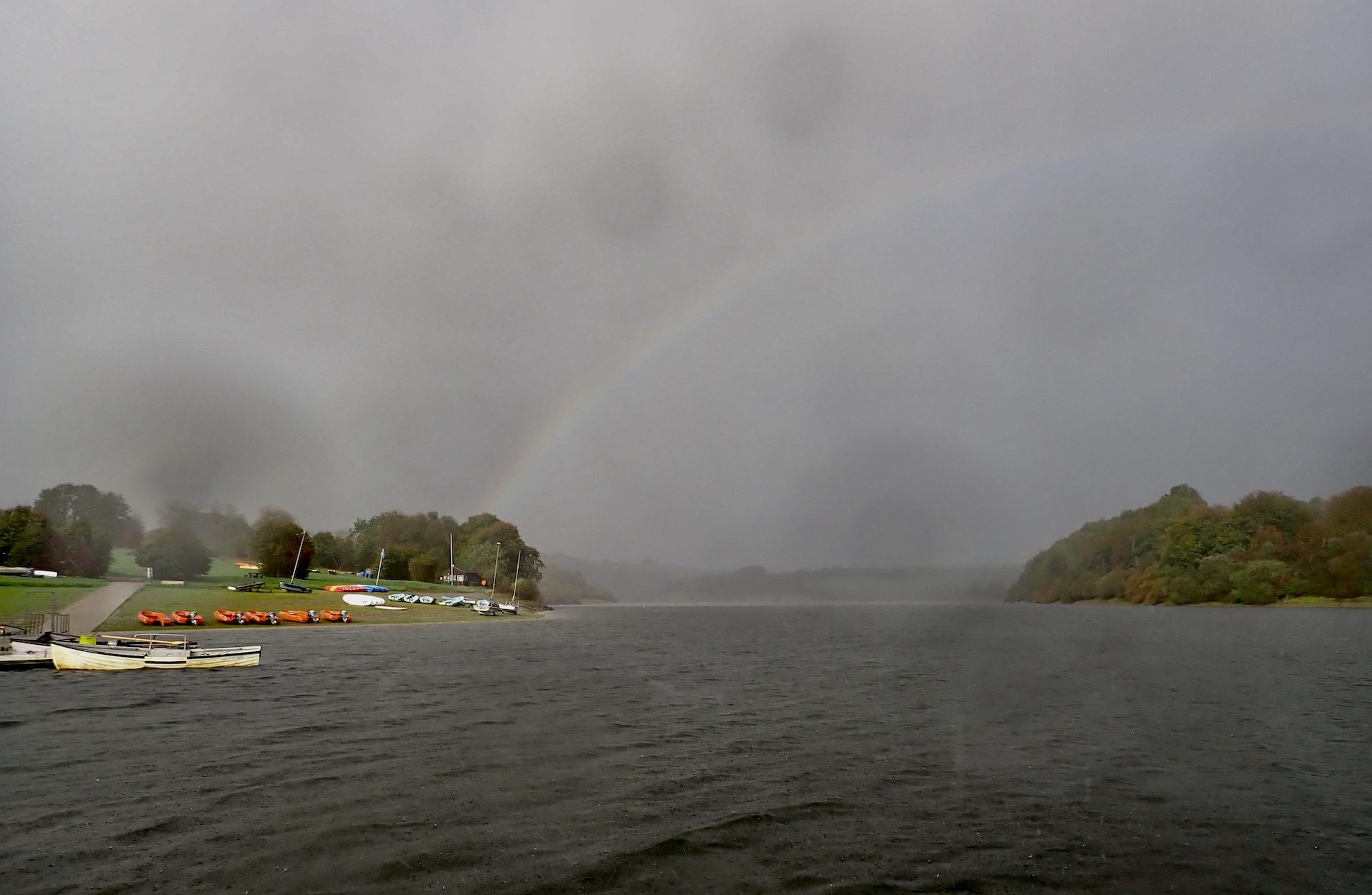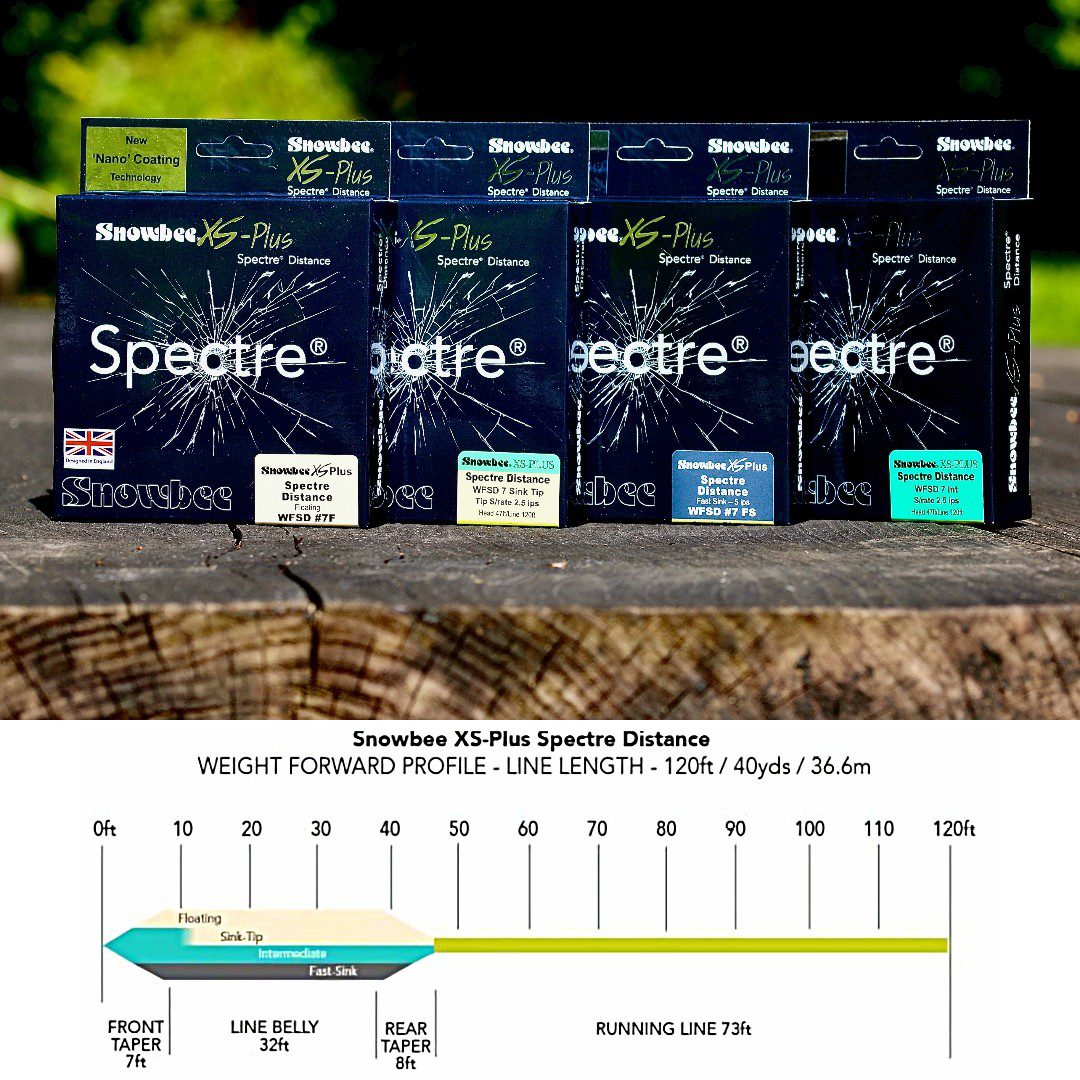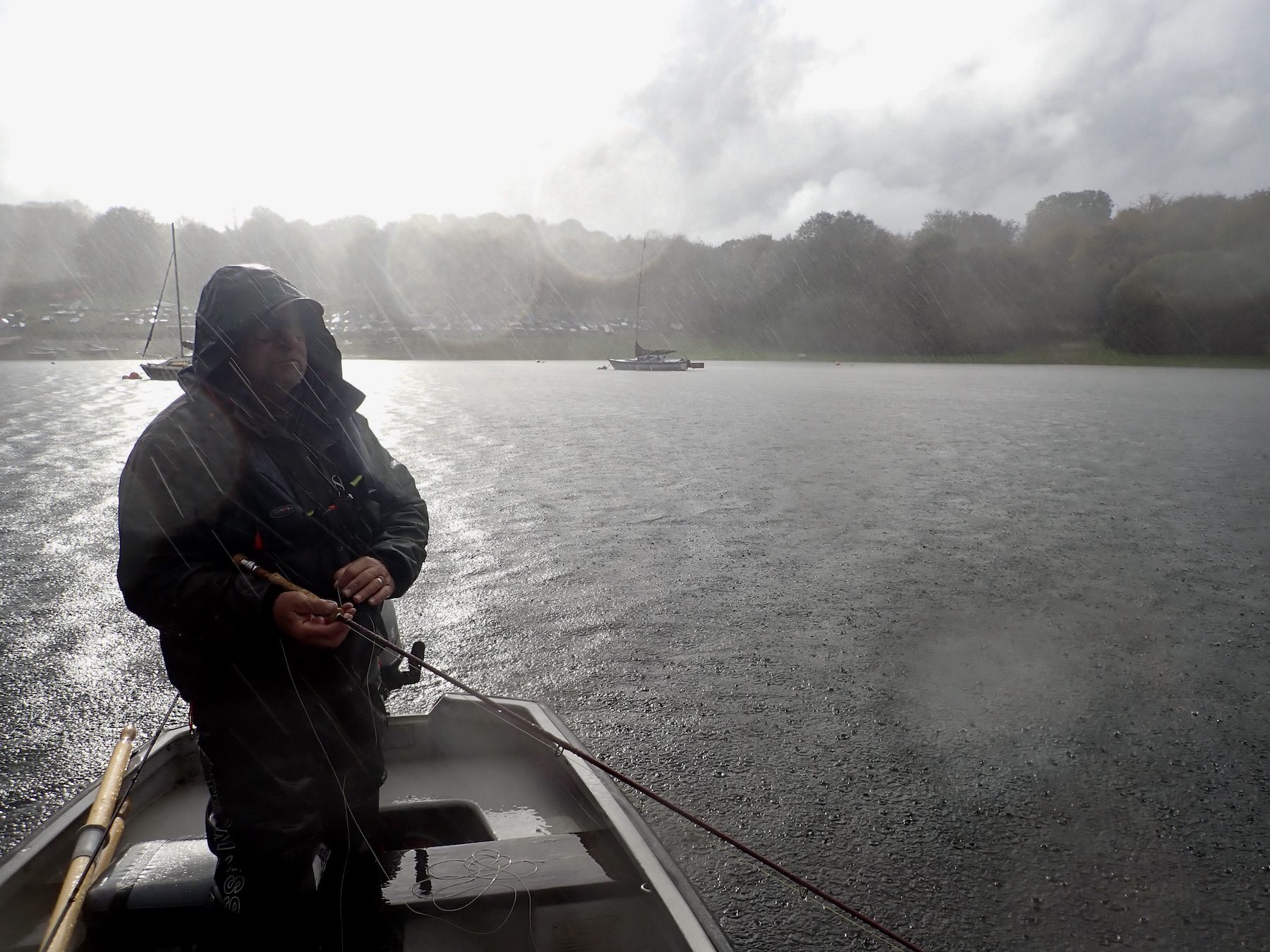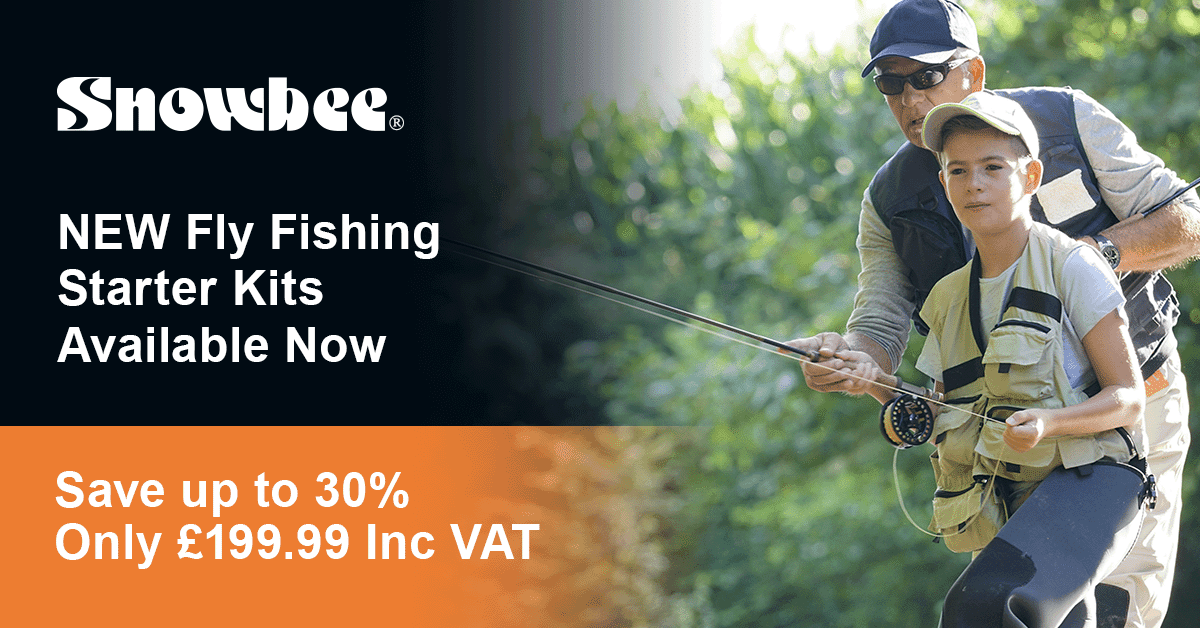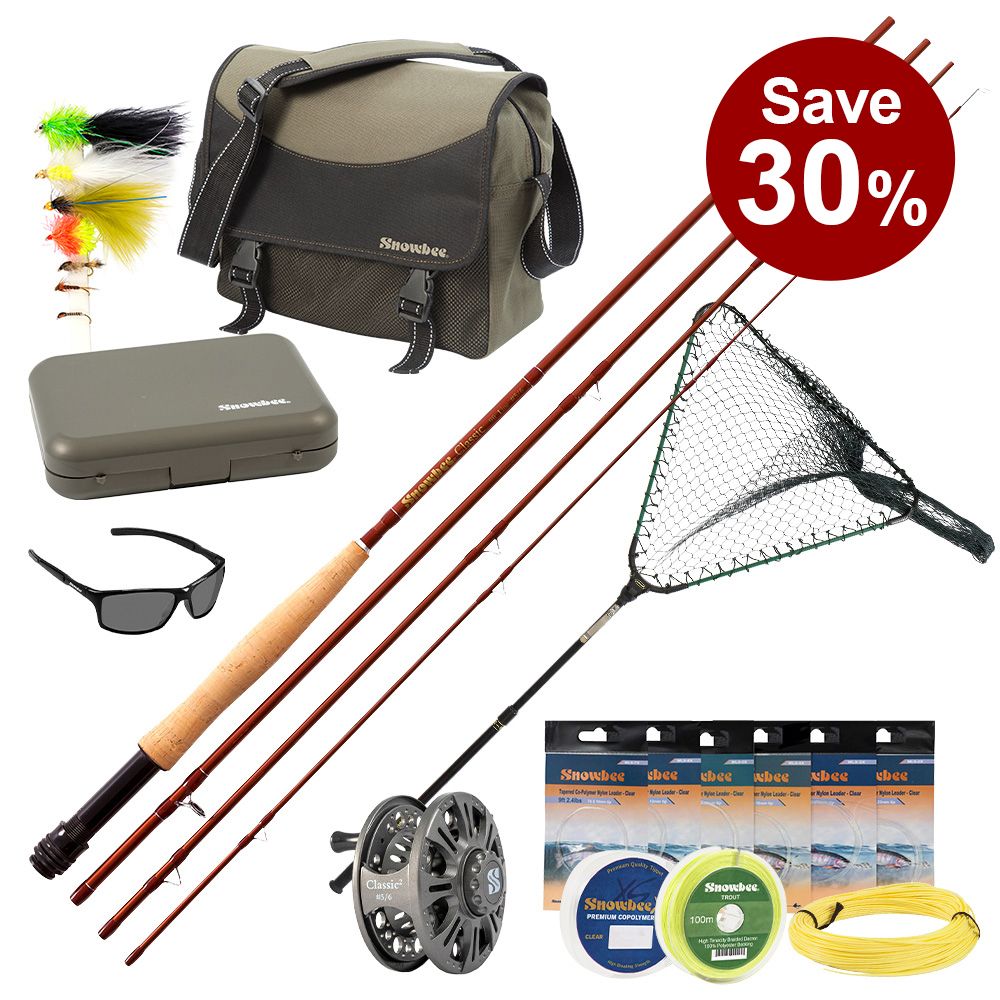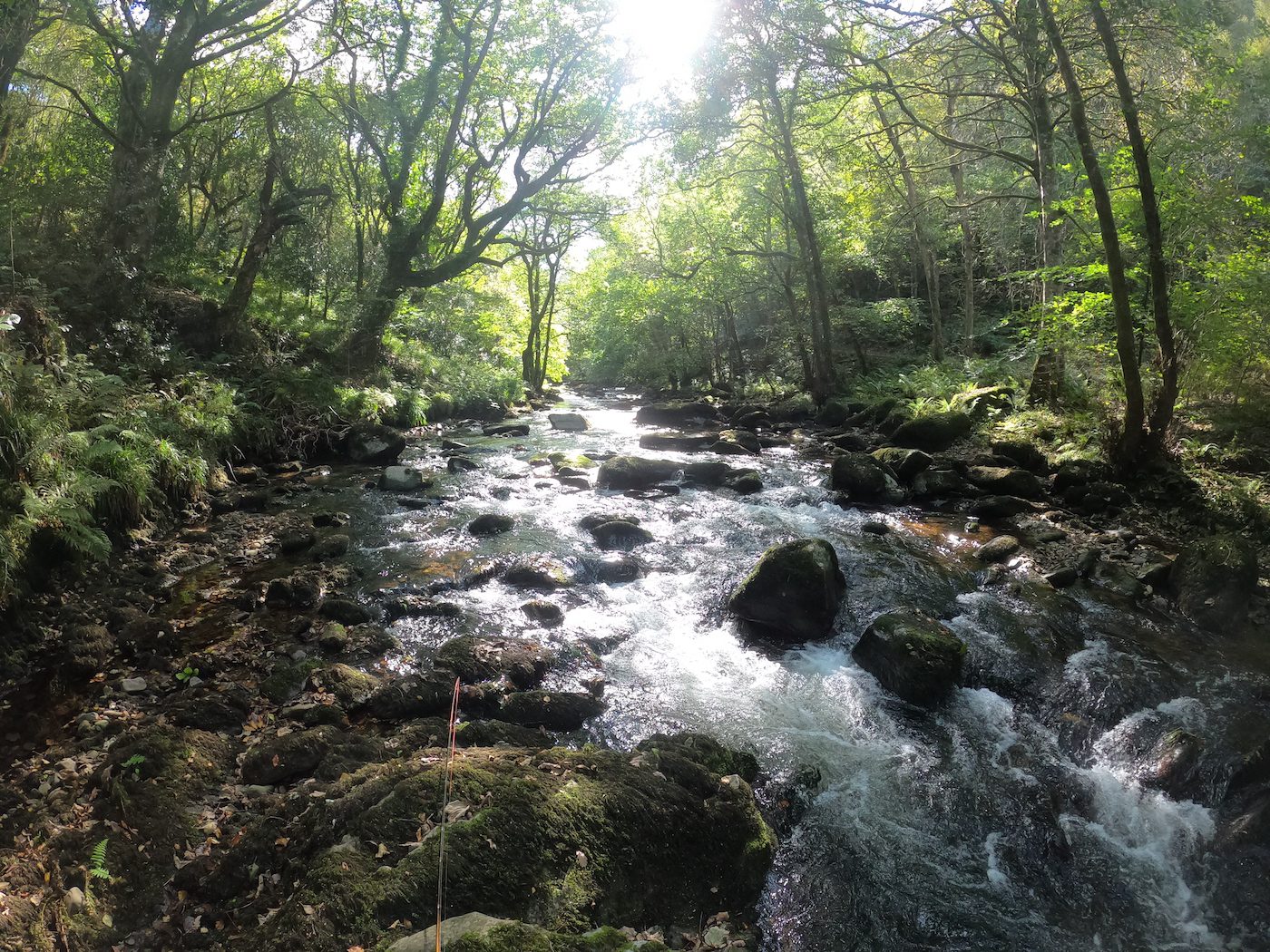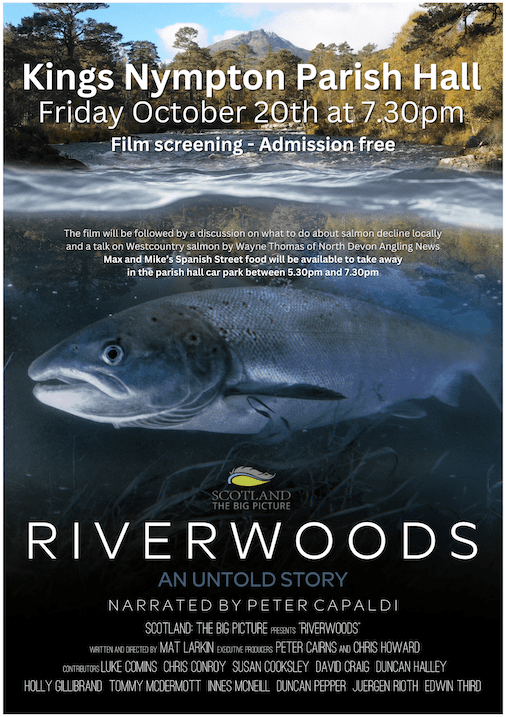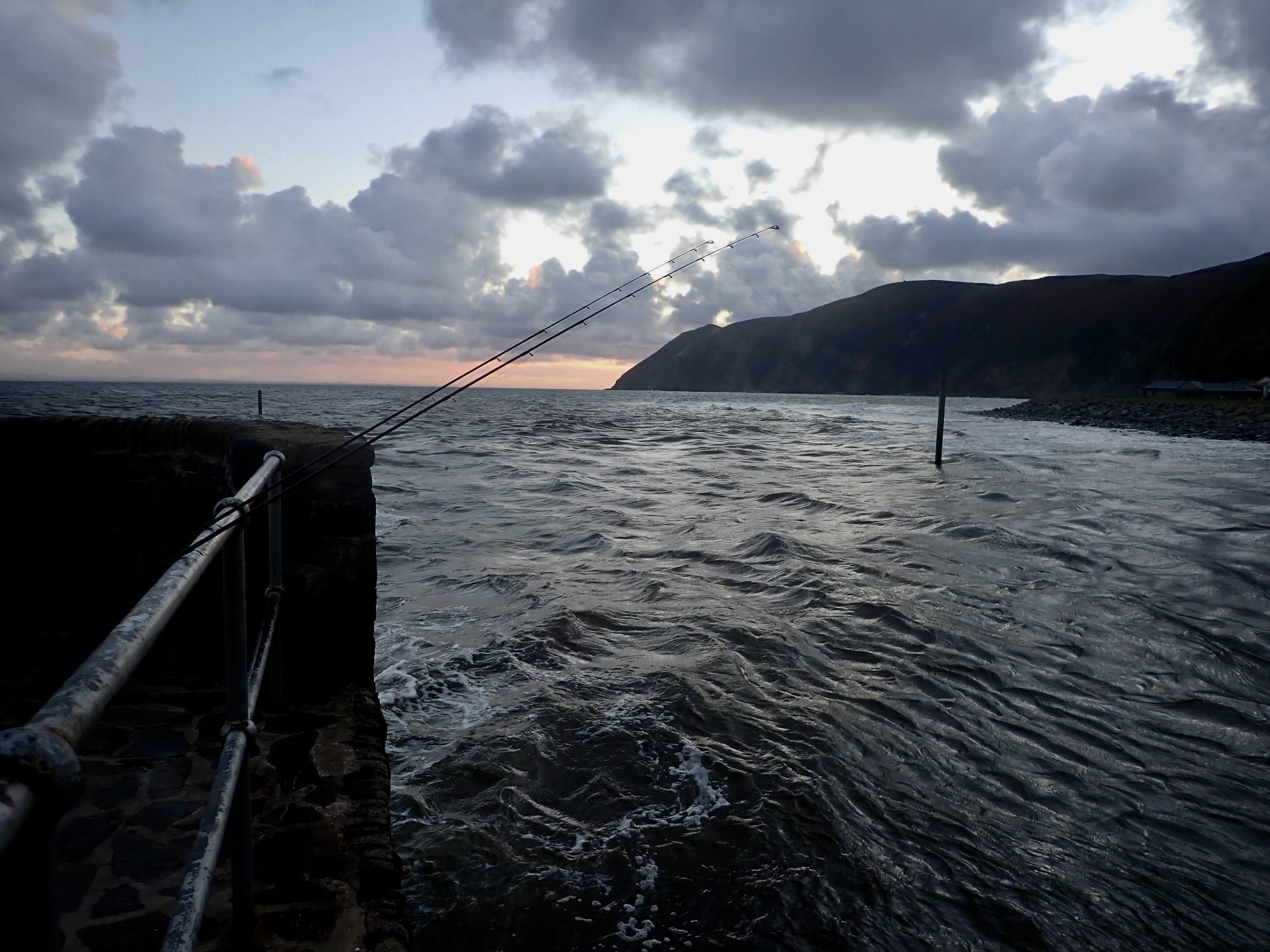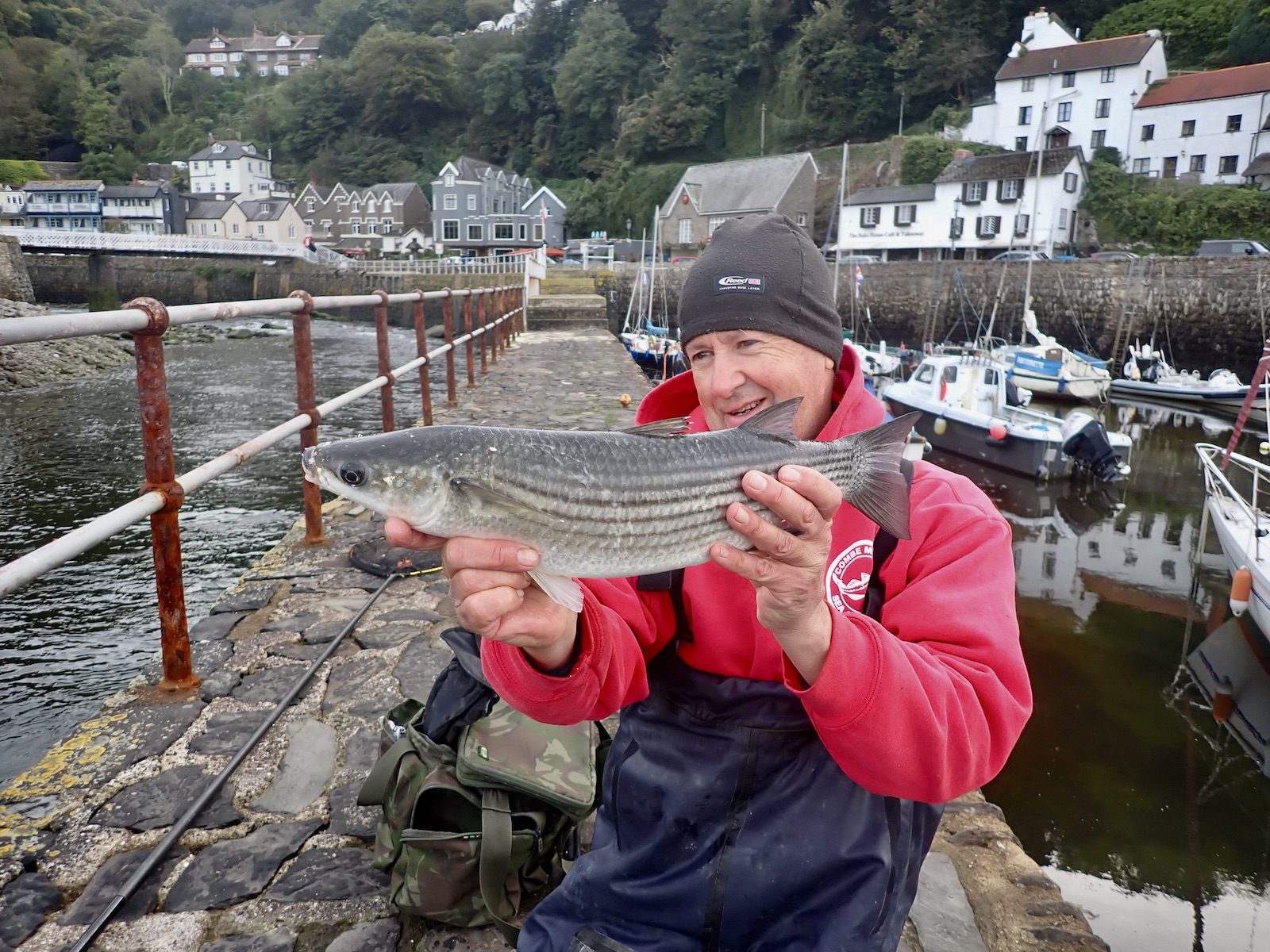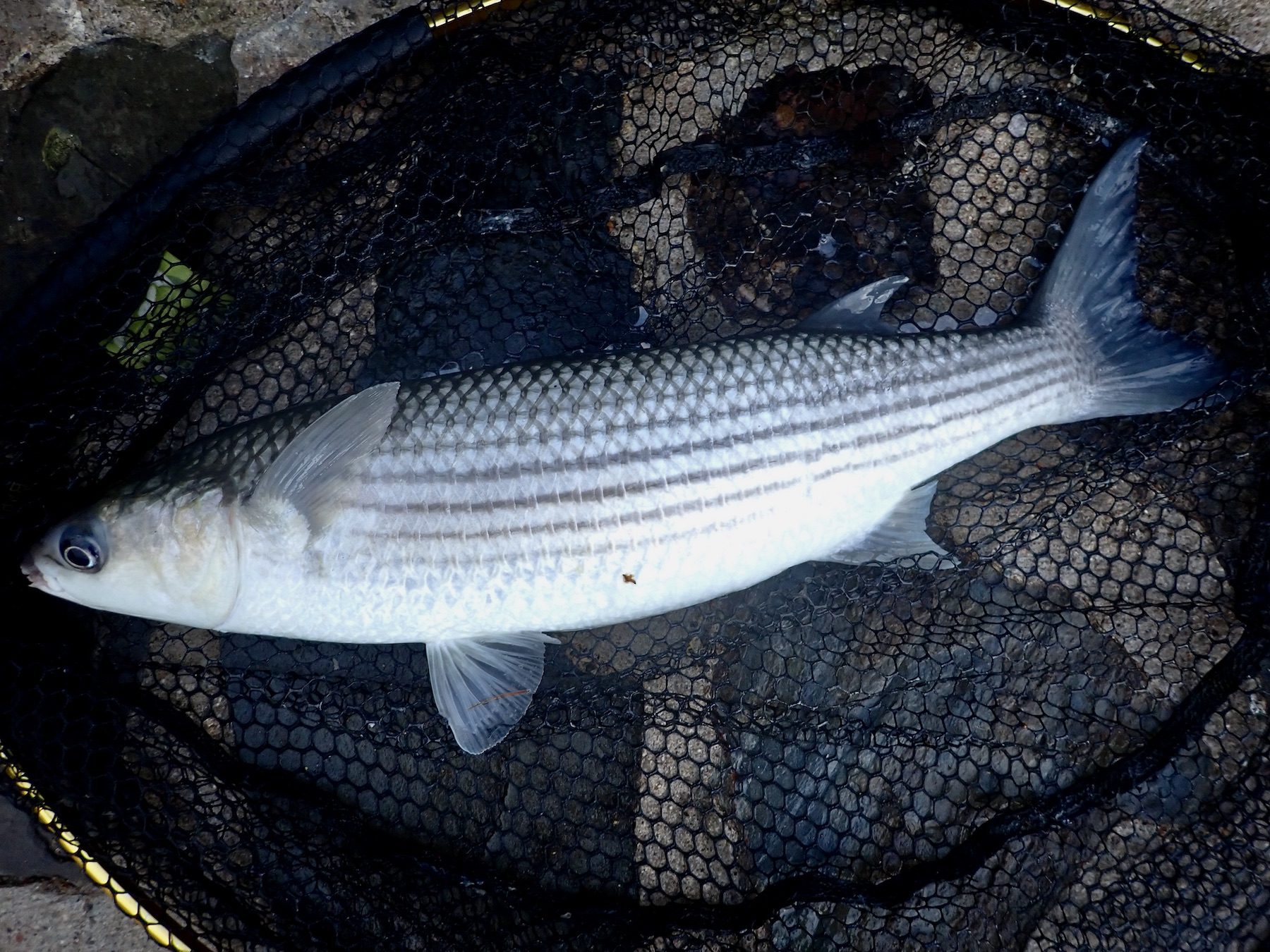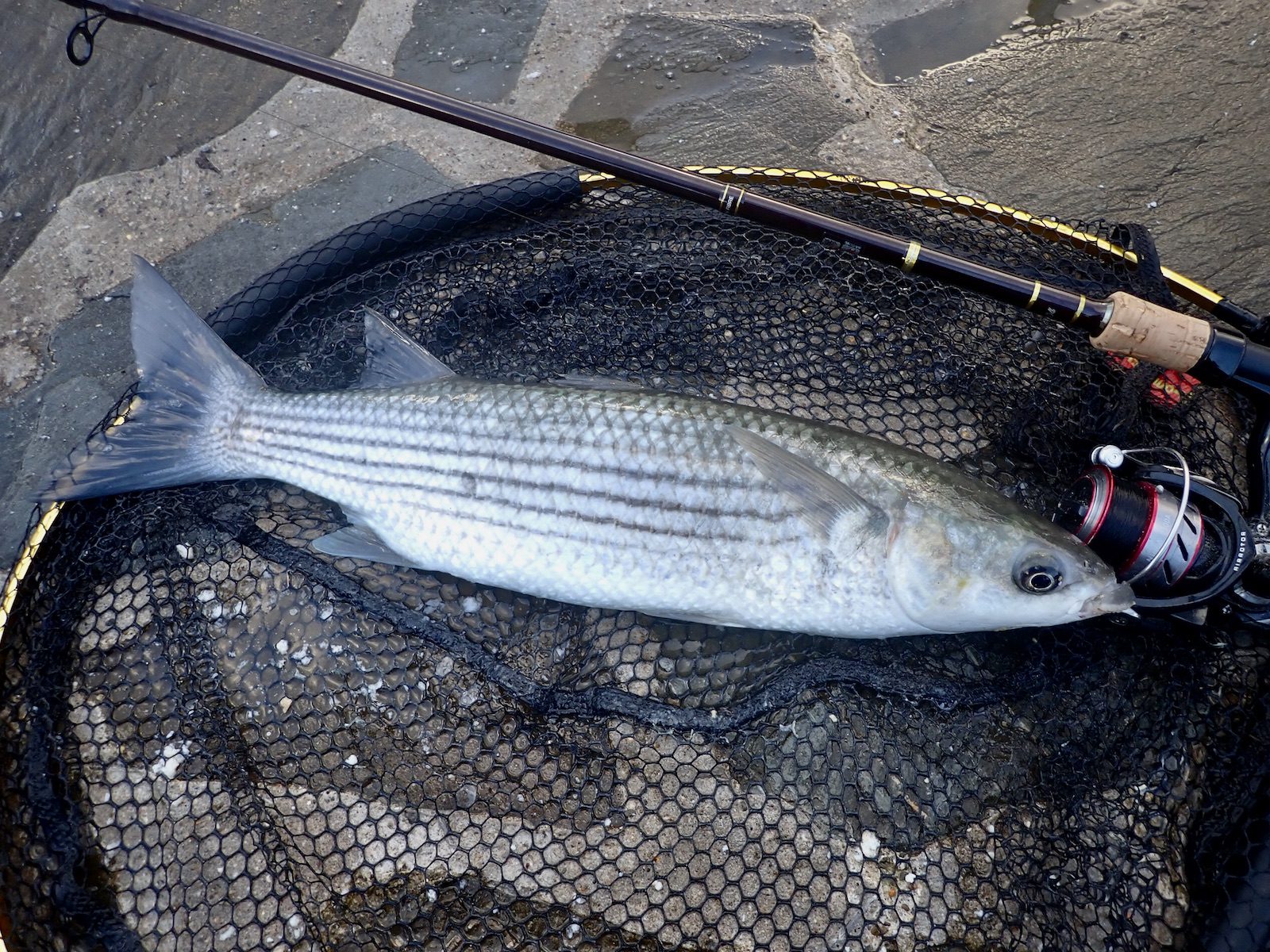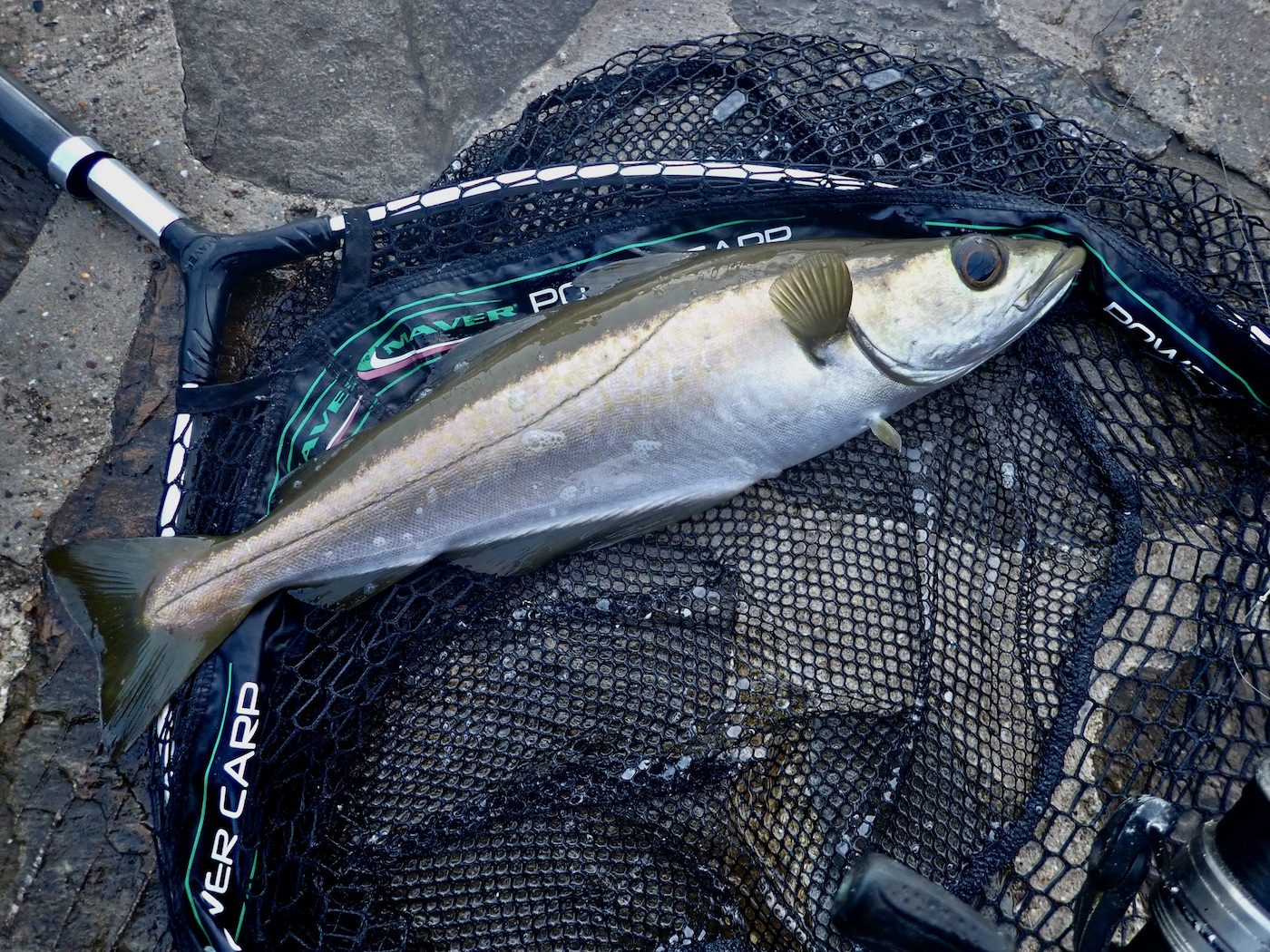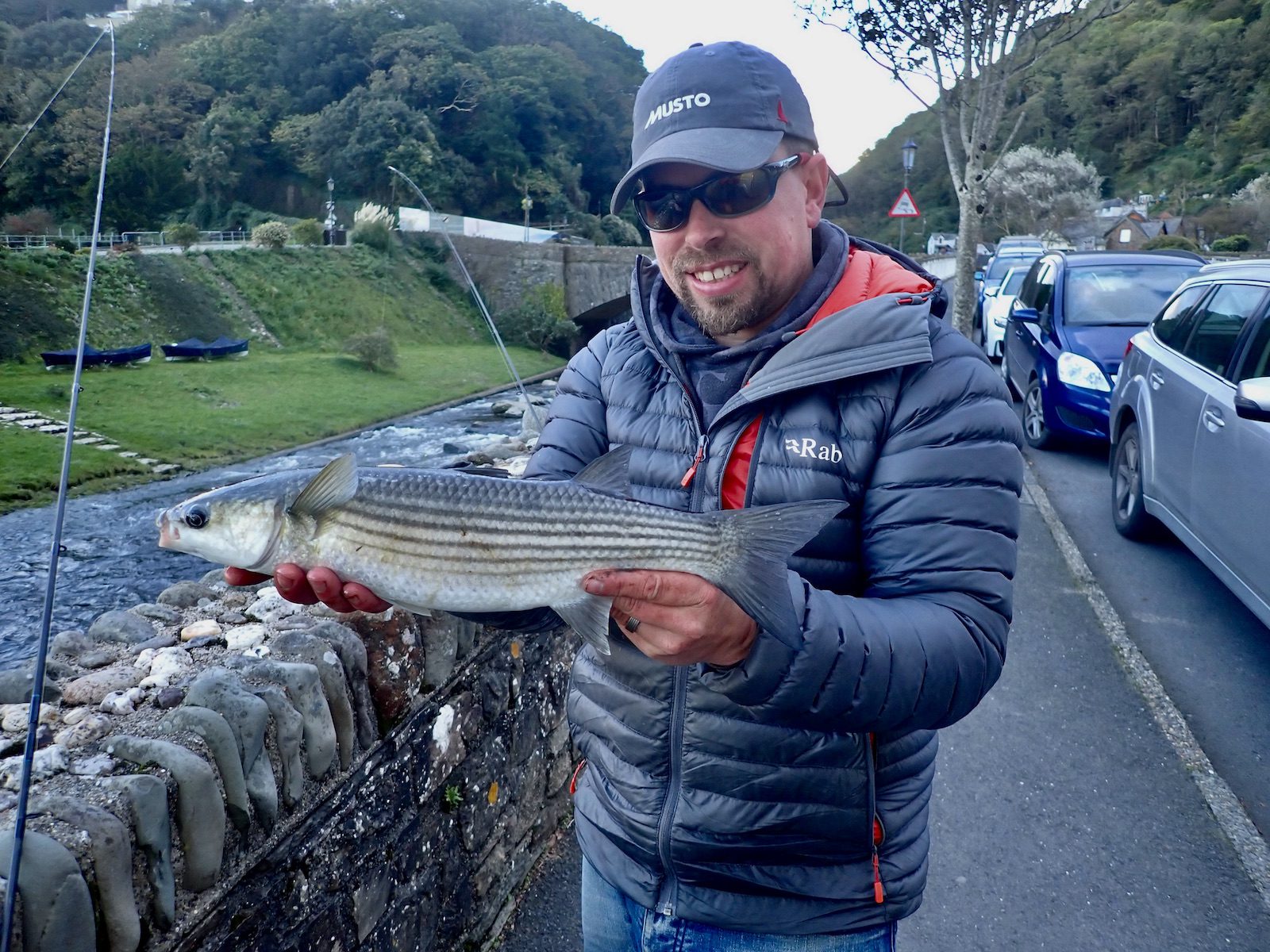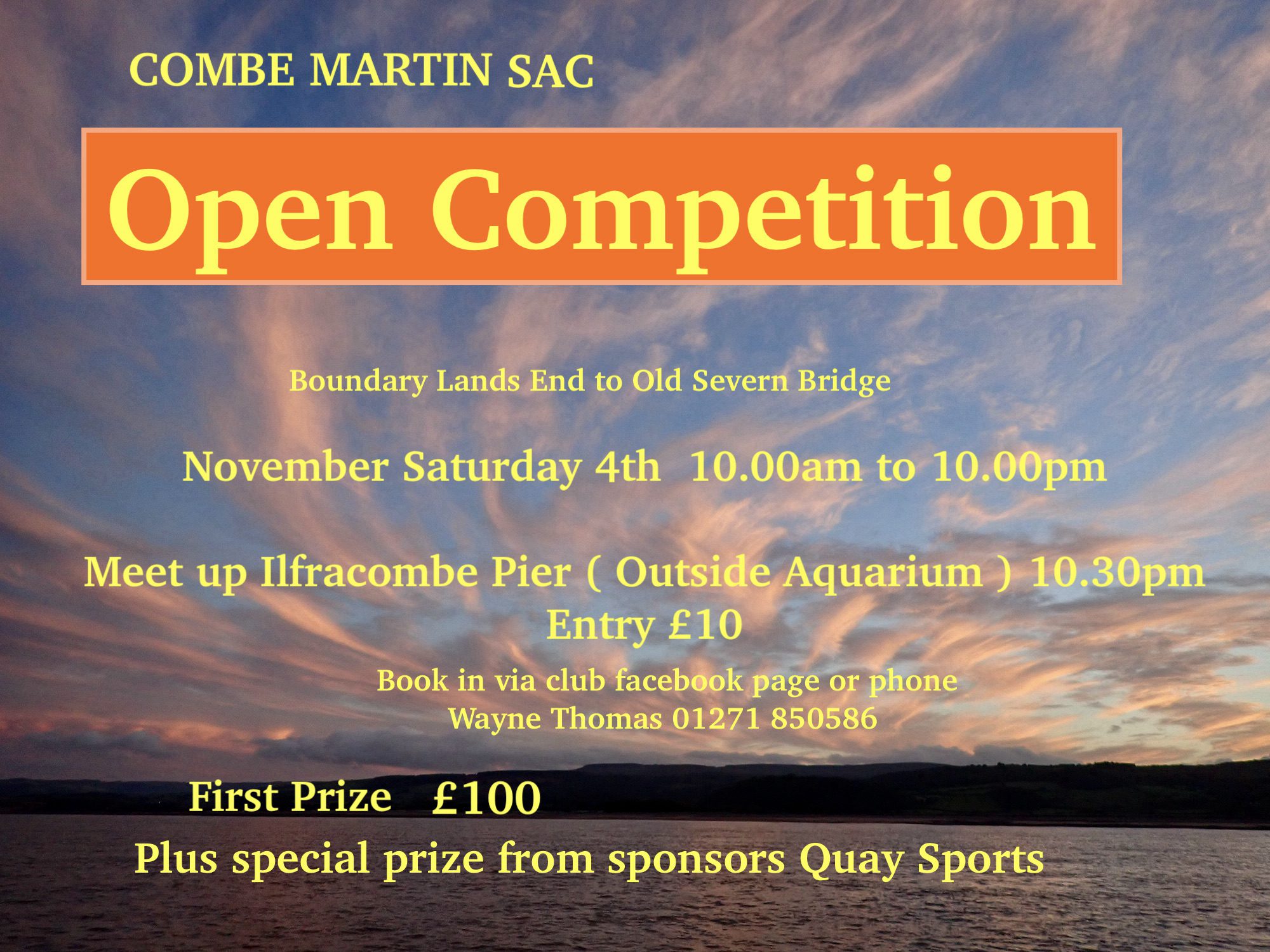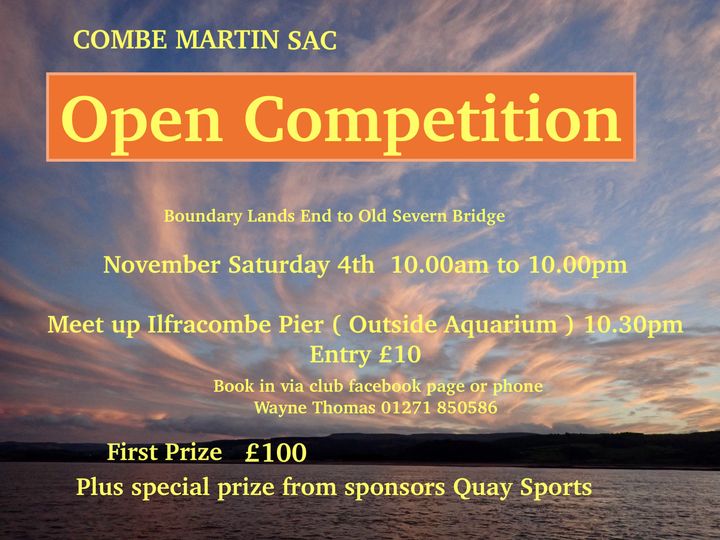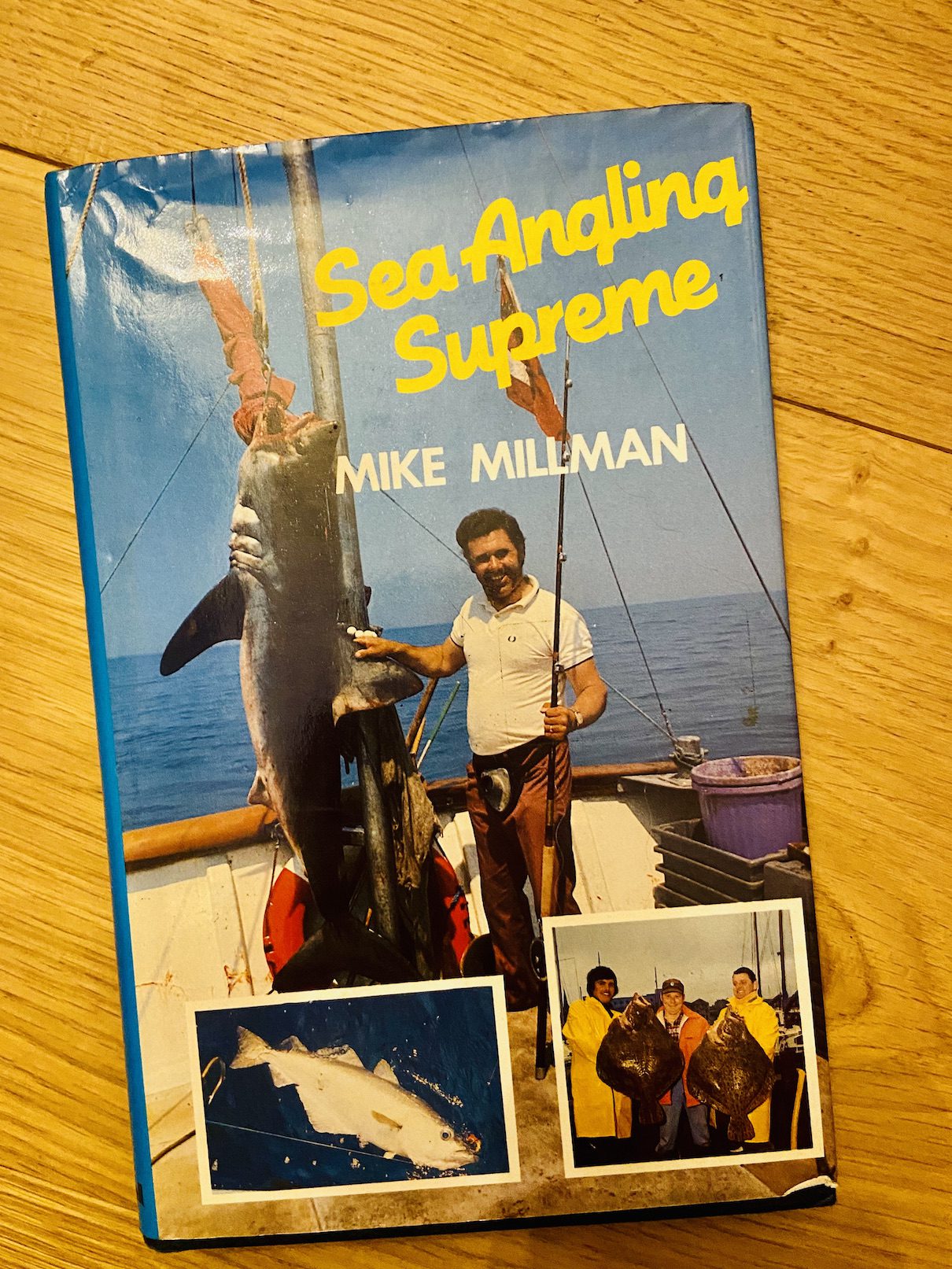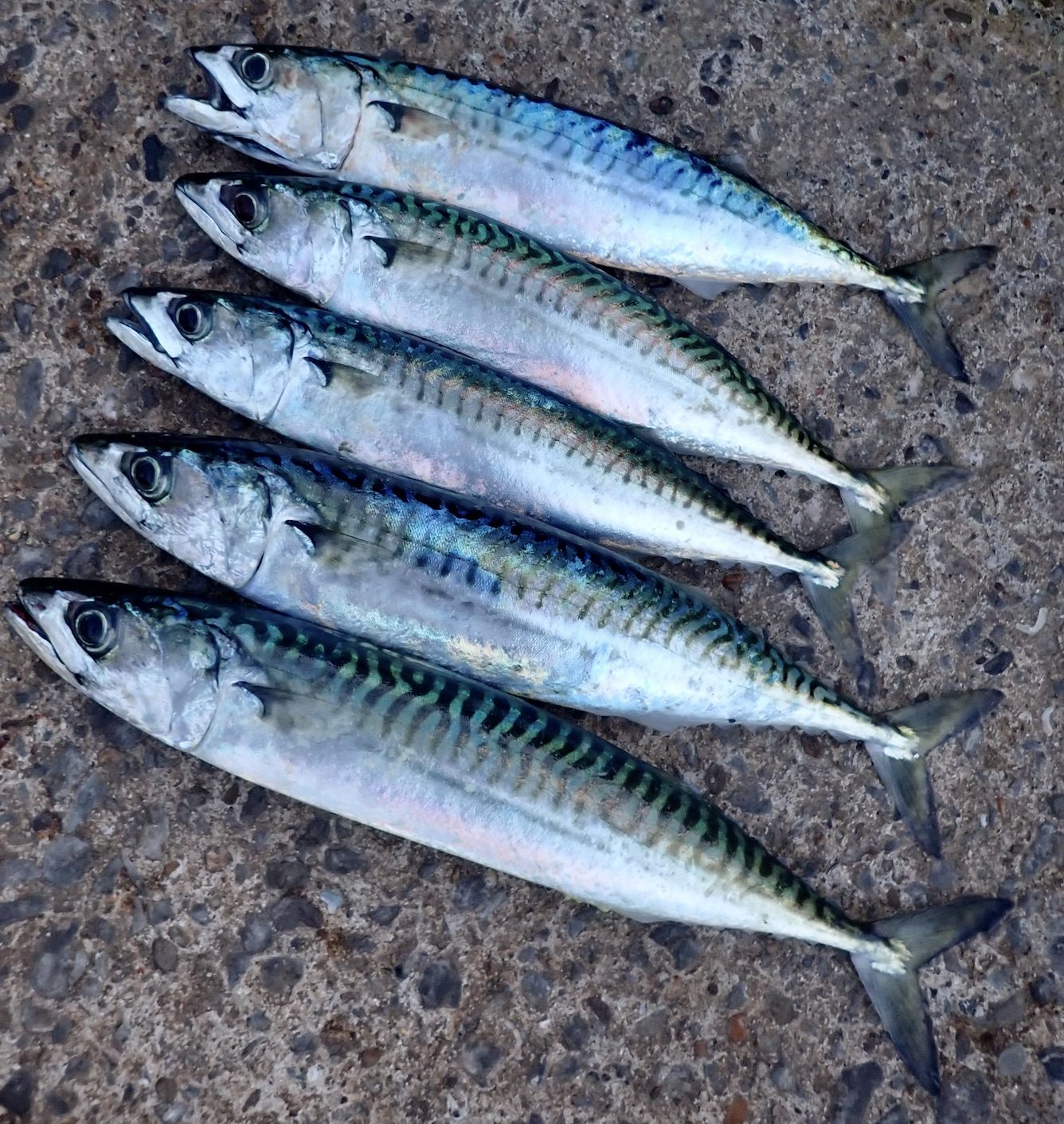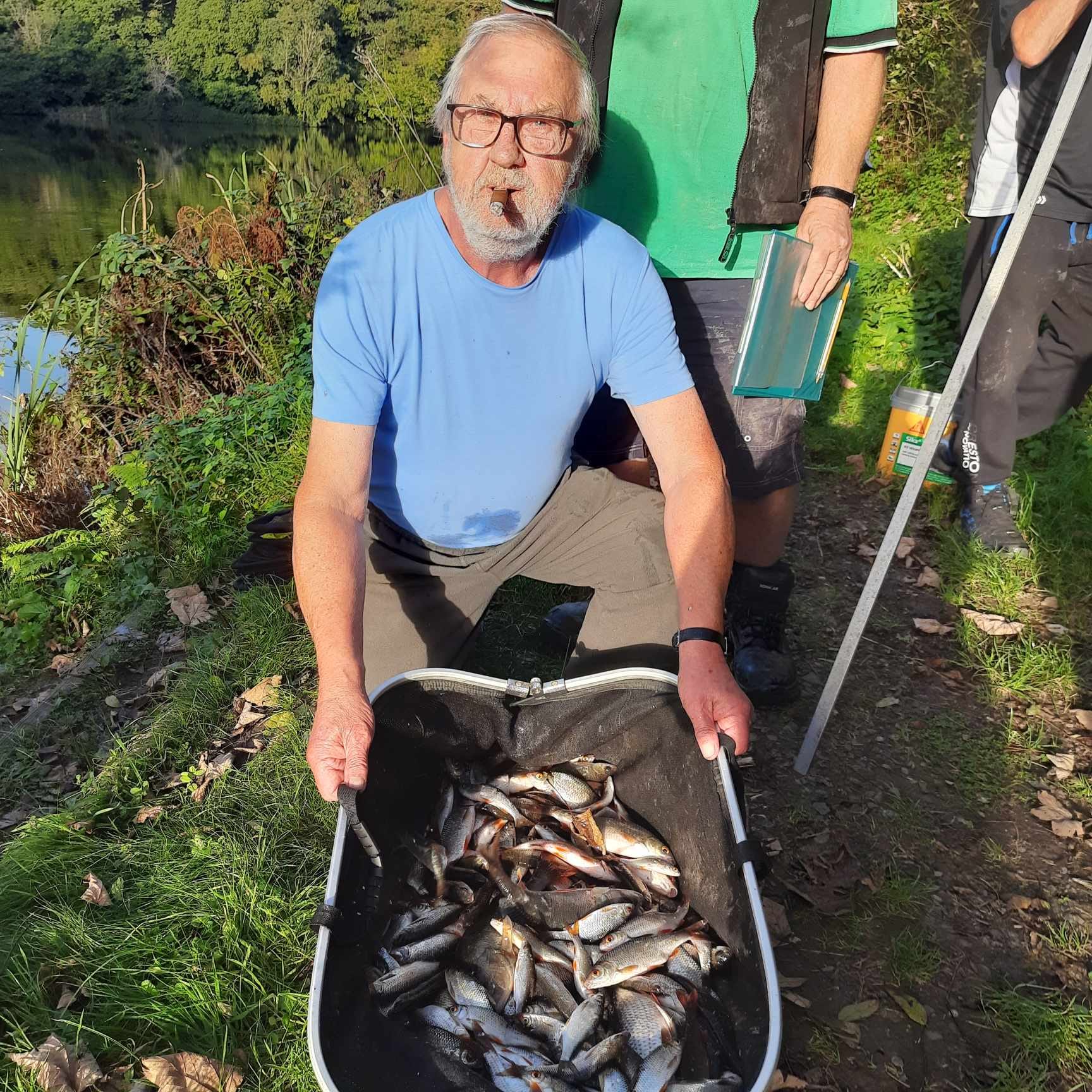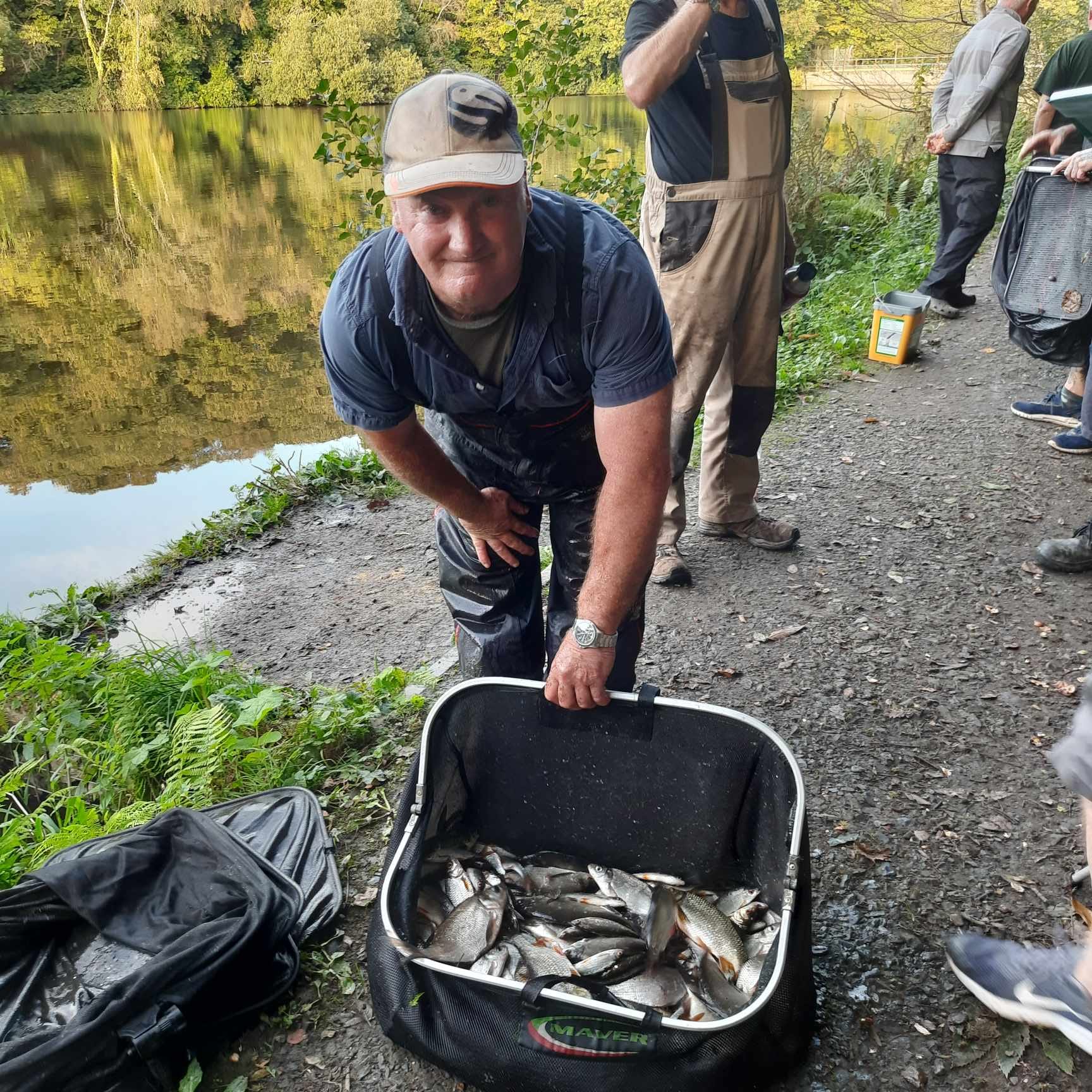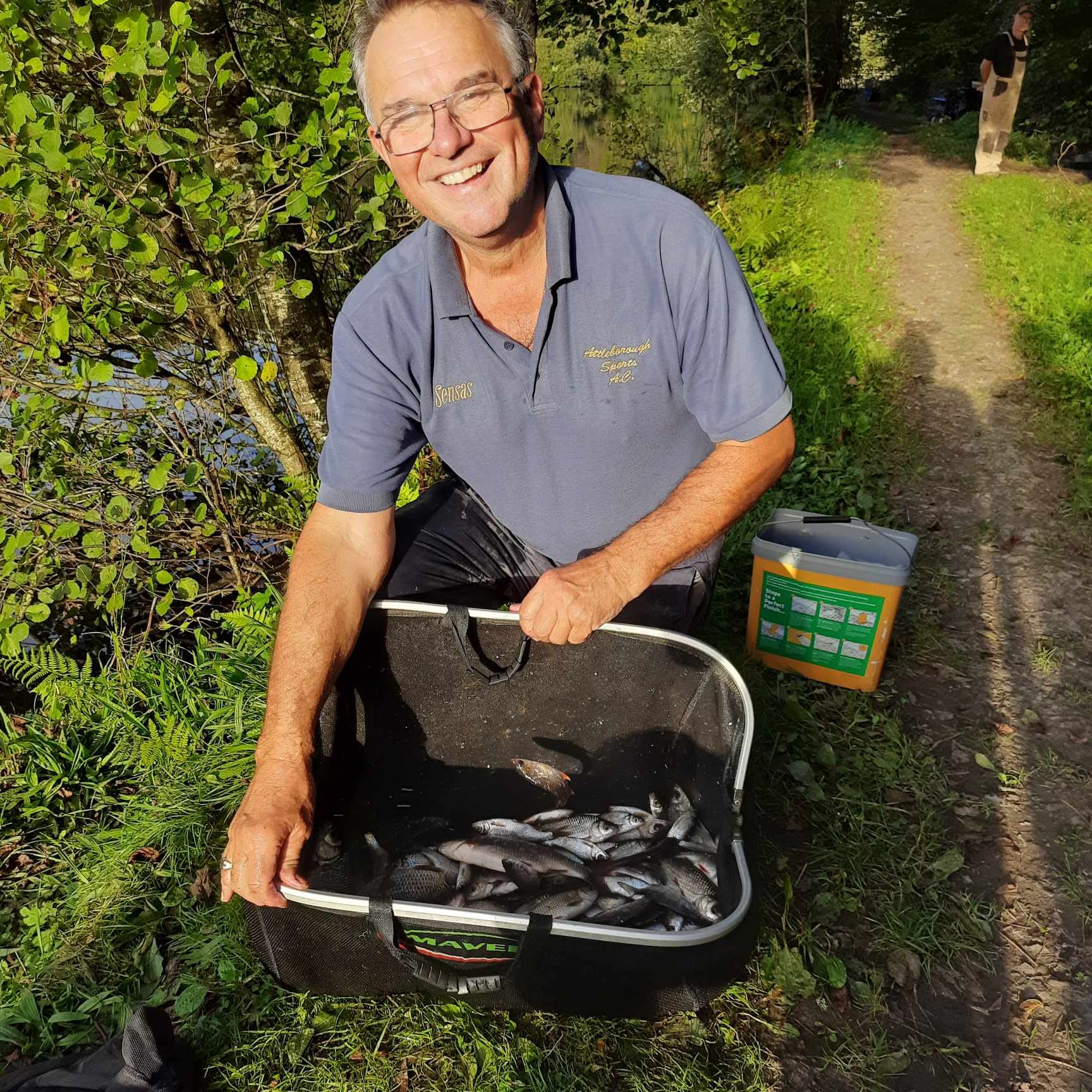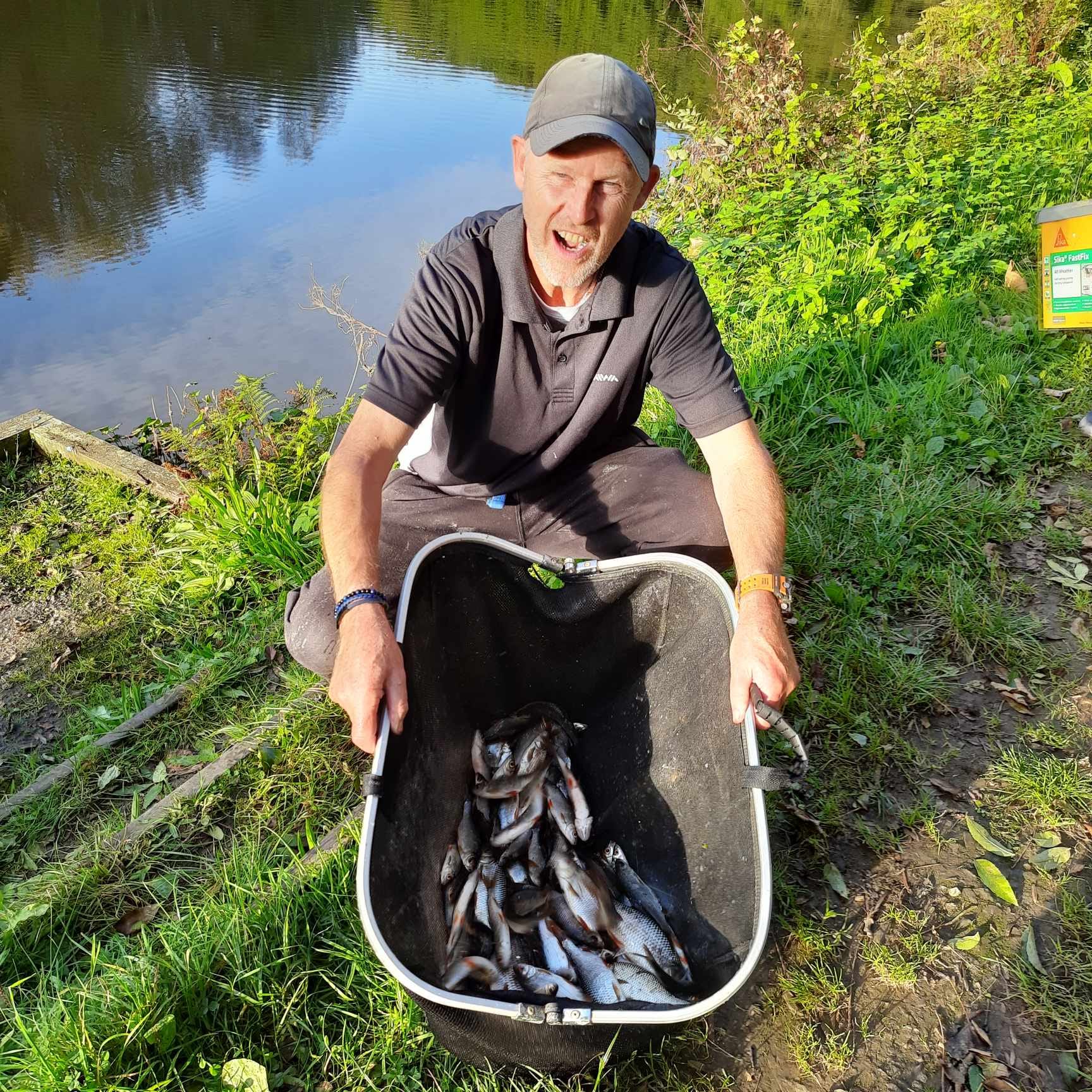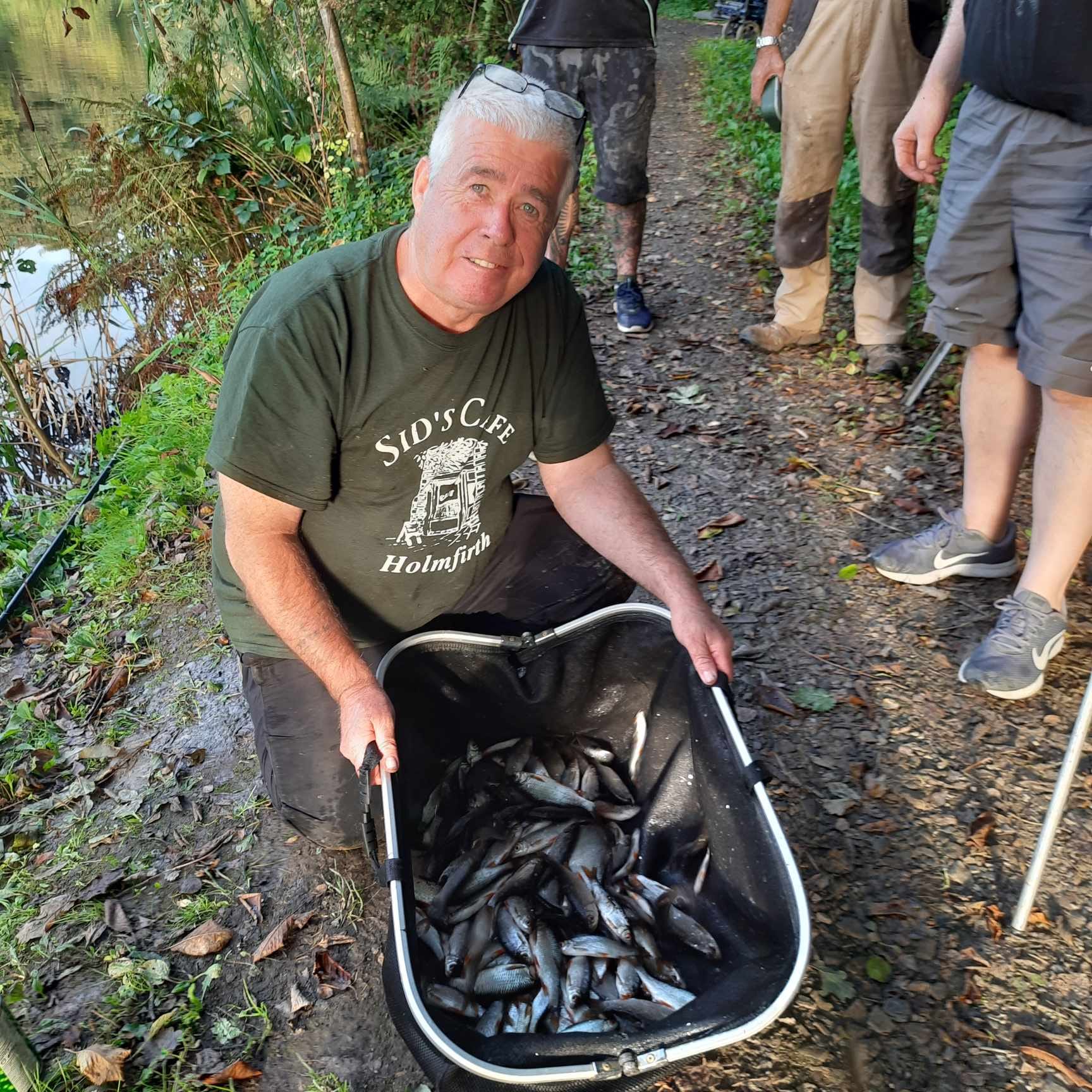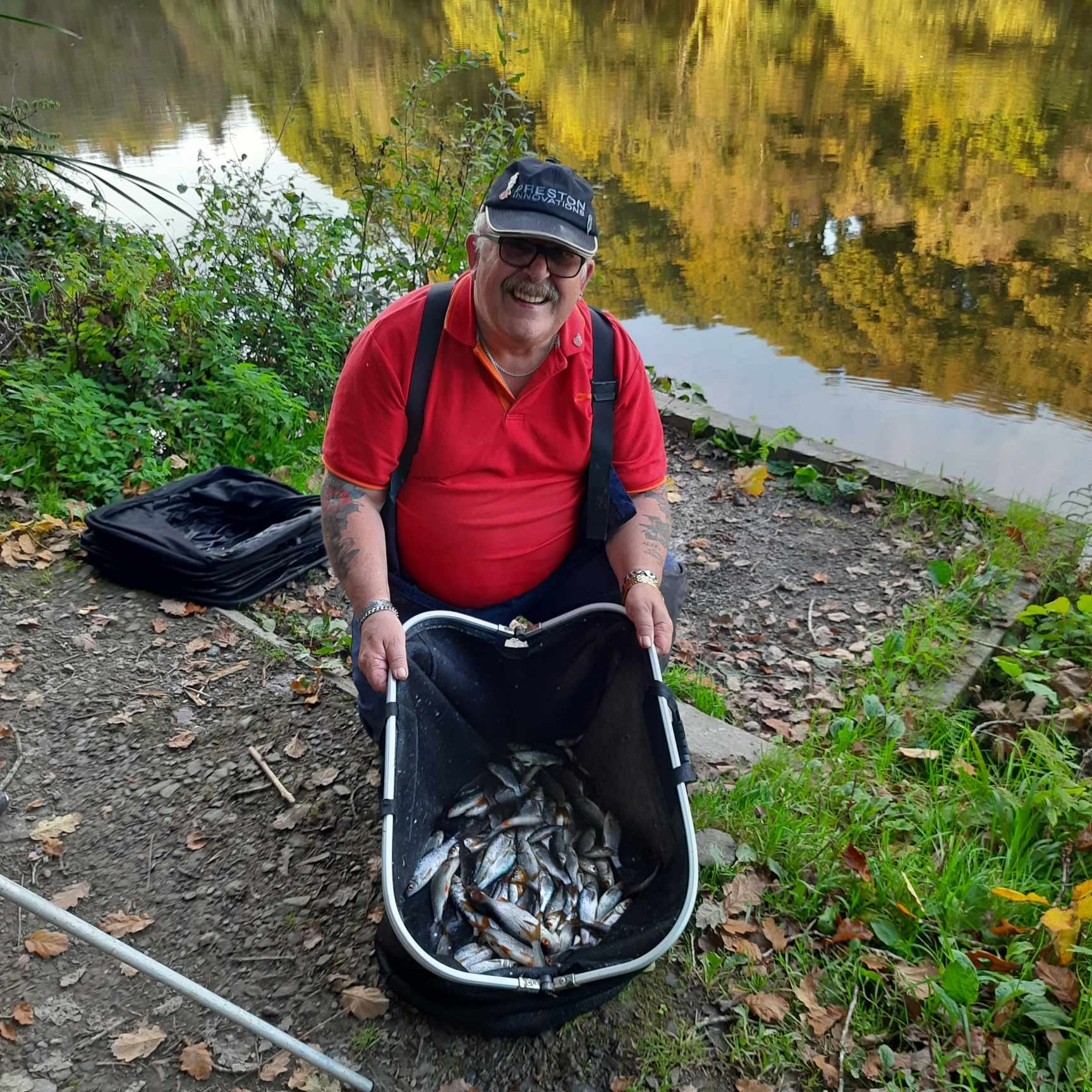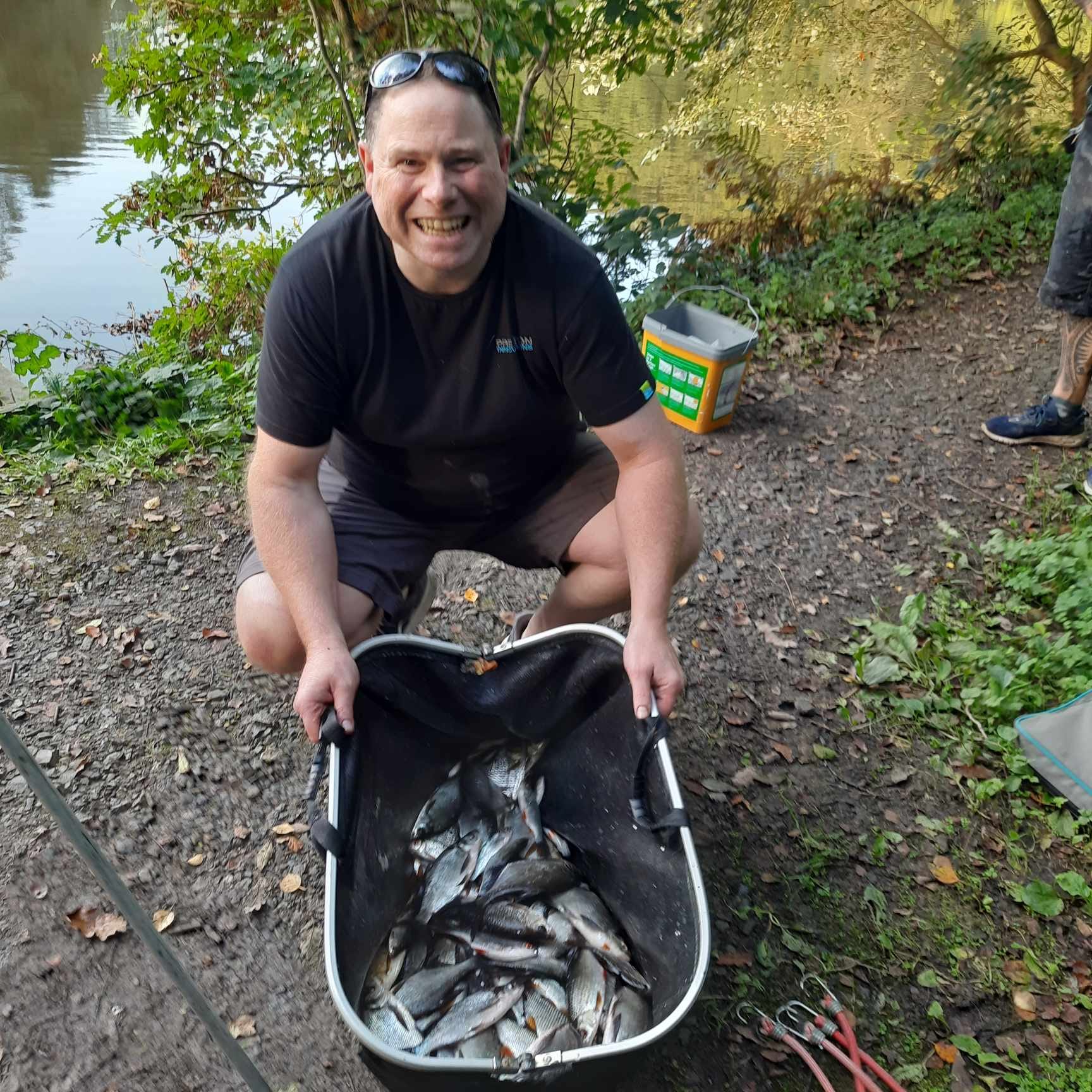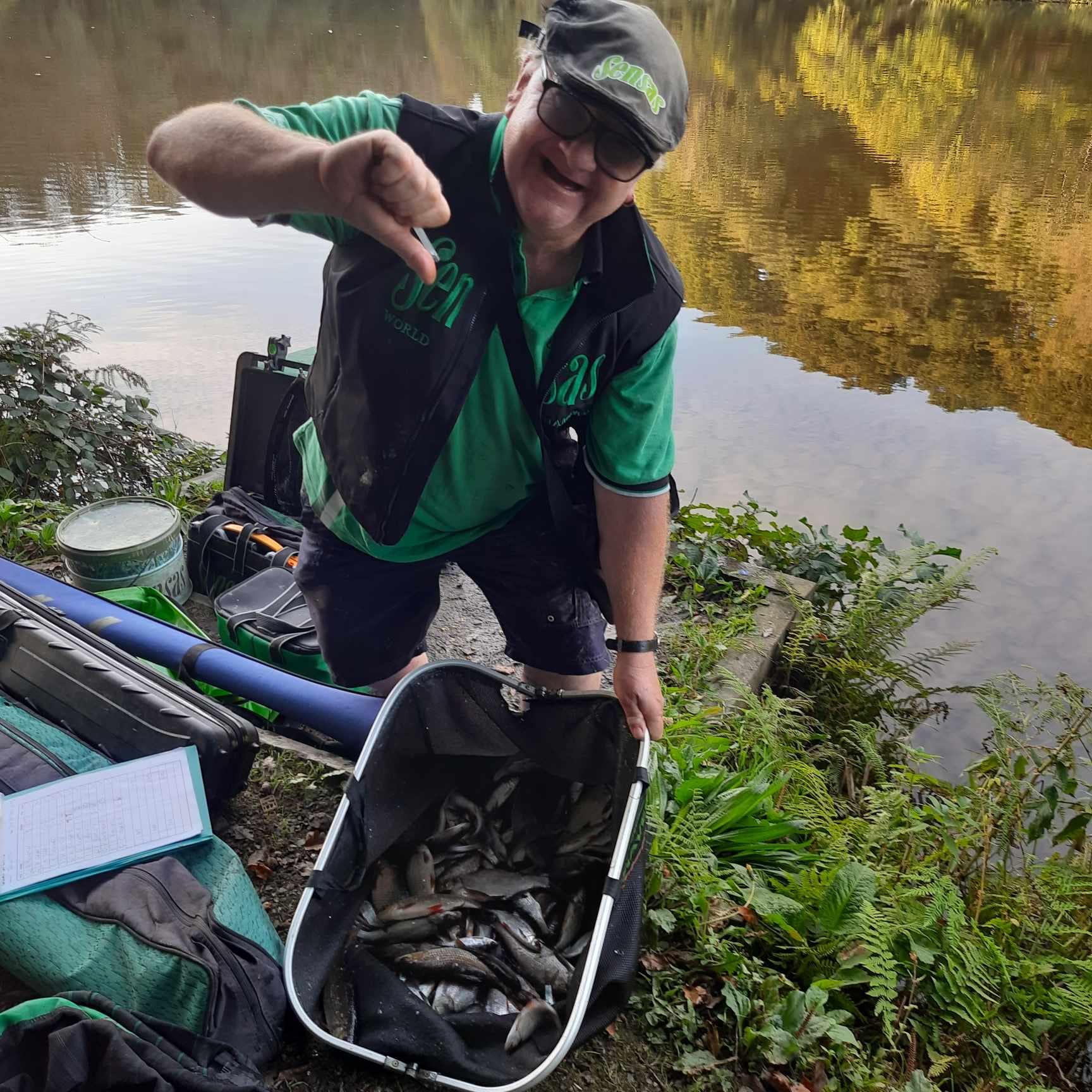Many thanks to Richard for sharing his monthly essay. Always humorous and slightly off piste
Meet the Klutz
You looking at me, kid?
“What kind of creature bore you,
Was it some kind of bat?
They can’t find a good word for you,
But I can … TWAT.”
John Cooper Clark – Punk Poet

A few years ago the stranger (above) and I both arrived too early for check-in at the lodge on the fabled Gjöll River. A place steeped in myth and vengeful Norse gods.
It was a warm, late-summer day and the deck offered fresh coffee with a view of the river and mountains. The perfect setting to kill time with idle chatter. Our hosts were a fine and professional bunch of people and all was well with their world and mine. It was the sort of place that puts a smile on your face and fly-rod to hand.
My fellow guest greeted me with a sneering eyeball shake-down. Perhaps it was the triggering way I had said, “Hi, lovely day isn’t it?”.
Small talk? No. In rapid succession he declared that all forest fires are started by arsonists. That George Soros is Jewish (a terrible thing, he said), heavy snowfall proves global warming is fake, wokesters are provocative bastards and Anne Frank’s latest porn book for kids must be banned & burned (both) along with the paedos, Fauci, all UN scientists and foreigners (me?). And coal is king and should also be burned. It was a lot to take in. And if looks could have killed, I was dead.
Putting the threatening bigotry aside, for the moment, when did climate change become a right-wing wedge issue? The right’s talismanic icon Margaret Thatcher must be spinning in her grave.
I kept my head down for the rest of the trip, although it turned out that it wasn’t anything that I or Mrs Thatcher had said. The next day Mr Wedgie’s newly arrived fishing party erupted into ear-piecing verbal abuse. Our misfit was now at odds with his buddies. I couldn’t work out exactly who he wanted to kill first, but I think Mike Pence was high on the list. Mostly he generalised: Scientists, environmentalists, whales, migrants and probably cute little kittens. You get the idea: Tough Guy v World.
That night found me thinking about Twats on Banks. The who, the why and the such-like. I have a bit of weakness for this sort of thing and, generally speaking, the weirder people are, the bigger their metaphoric car crashes and the more I rubber-neck. And there we were in a Norse fishing lodge with a hotline to 1930s Berlin and I’m suddenly thrust into team Thatcher – weird and weirder.
So with the worrying caution that maybe it takes one to know one … this is my essay, formally titled A Short Discourse on Fishing Twats.
There are two fishing twat-types chewing away at the margins of my watery world. The on-line variety and the much more alarming physical version you hope never to find in your river.
The online twat is, at worst, a minor irritant. Mostly they rally around a pick n’mix of conspiracy theories and grievances with their own victimhood worn as the shared badge of honour. They’re found in small and grumpy internet echo chambers, bickering and shouting insults at the heresies they find threatening: Science, for example. They go unheard even by the new-agers they assertively hate, which is a pity because they have much in common. Intolerance and a high rate of attrition from vaccine-preventable diseases, to name just two.
It is precisely because they heckle the twilight that our online fishing twats are mostly irrelevant and marginalised – for comparison, the online world of Chess players is properly vicious and ruins lives.
So that brings us to the real-life Twat of the sort that invades your space and makes Hotel and Lodge owners miserable. The angler from hell (or, in this story, the Norse Hel).
First, some background: I am not a digital native and hail from the era of flesh and blood – which means my formative years were spent face-to-face with real people. This tended to moderate some of our worst excesses. Maybe you know the song:
“Soon we’ll be out amid the cold world’s strife, Soon we’ll be sliding down the razor blade of life.”
Tom Lehrer, Bright College Days.
The message is clear: Shape up, or it’s going to hurt. So most of us reached adulthood with a basic set of social skills. For example; avoid inflicting your politics on strangers met on a fishing trip.
They say the boy is father to man, and I was a flawed teenager who, I hope, was more Prat than Twat. Not ideal, but it could have been worse and, like most teens, I have mostly recovered in the decades since. Sadly, some people don’t.
This Prat-predisposition set me in direct conflict with the biggest Twat in my teenage fishing life: My godfather – a groping, leering and utterly repellent misogynist. He even carried a little black book of sexist jokes. Like the man, none of the jokes were funny, and he made life miserable for every barmaid and waitress who had the misfortune to cross his path.
That’s not all: Unforgivably, he could also throw a line further and with less effort than me – something nobody else in my very limited circle could do (this was long before YouTube and Spey Casting brought me crashing down to earth). Being outperformed by such a groping grotesque annoyed me. Meanwhile, he thought I was a long-haired little jerk – and, with hindsight, I can see he had a point. We were not a good mix.
To make matters worse, every year my father would organise a week’s fishing for the three of us (for me it was free, so of course I went).
One year we were blighted by a drought so severe the fishing was impossible. Not that my teenage self was prepared to admit it. I took it all very seriously. Too seriously. So there I was, working my way inch-by-inch through a large, slow-moving pool which had some water, but no oxygen and no fish. Nobody else was making an effort. Just me.
Out of the corner of my eye I caught a glimpse of movement in the pool’s neck. Something was drifting downstream towards me. Something blubbery and brilliant white. Something that, bizarrely, seemed to be a belly-up Beluga Whale.
The whale processed all stately and ceremonial into the main pool. I slowly realised it was wearing paisley-pattern boxer-shorts and had my godfather’s porkpie hat perched on its expansive stomach. It was otherwise flabbily naked.
I was, by now, incandescent with rage at this invasion of my territory. My pool. My best chance of catching a fish. How dare he! I was raging with self-righteous afront.
The imperial and imperious Beluga drifted past me and, as it did so, raised a two-fingered salute in my direction. This put me in temper tantrum territory – which was presumably the Beluga’s intention. It was only my awareness of this that kept the lid on my head. I don’t remember how it ended, but no rocks were thrown and I assume the Beluga joined us for dinner that night.
The point of this story is that I learned a long, slow lesson: That prats grow up. Admittedly, it took 20 years for me to realise, but the Beluga was perhaps the funniest thing to happen to me on a riverbank. Had I not been such a pompous little prat I would have been rocking with laughter.
So I learned some humility and didn’t grow up to be a Twat. However, my godfather, being a fully grown Twat, continued his behaviour unchanged by his exposure to me. So by the time I had eventually realised how very funny the Beluga had been, he was getting a well-deserved visit from the police following allegations of a sexual assault.
So the moral of this tale is simple: Be tolerant of young Prats. They might grow up to be you. But if you meet a full-blooded Twat just walk away. Don’t engage. They’re not worth the trouble and, sooner or later, they’re going to get hit by someone or something bigger and nastier than you or me. Hopefully reality. Perhaps the police. Or maybe guests at a fishing lodge. Thor could do it – but it won’t be me, although I did read somewhere that the pen is mightier than the sword.


